Welcome to my guide to San Francisco and Berkeley’s best arts and culture locations! I hope this guide can offer some Bay Area travel inspiration when you embark on exchange there. I’ve also included a few bonus locations should you decide to travel down to Los Angeles, less than two hours away by plane.
Performing Arts Venues
San Francisco Ballet
Visit for: amazing professional ballet, gorgeous architecture, and an excuse to dress up.
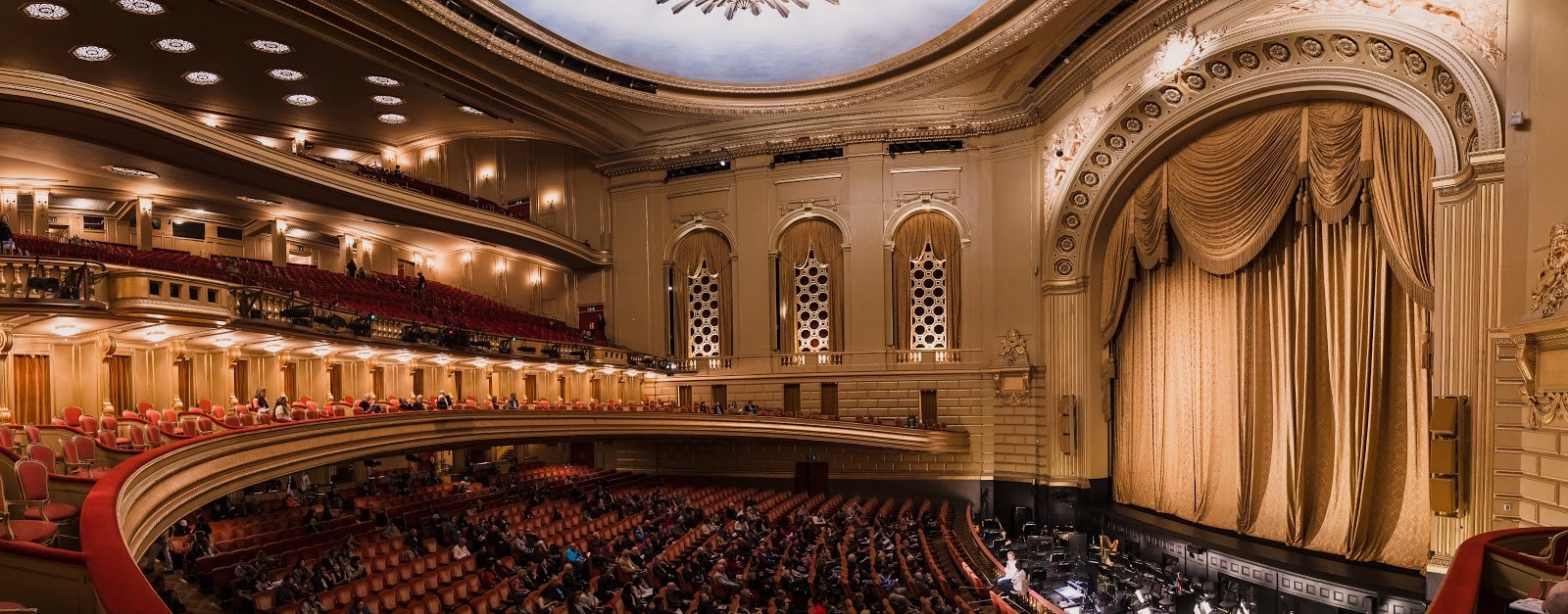
The San Francisco Ballet is the oldest professional ballet company in the United States. It began as the San Francisco Opera Ballet in 1933, before separating from the opera in 1942. Catch a performance during the repertory season, January to May, or see the annual Nutcracker performance in December, which is a holiday tradition for many.
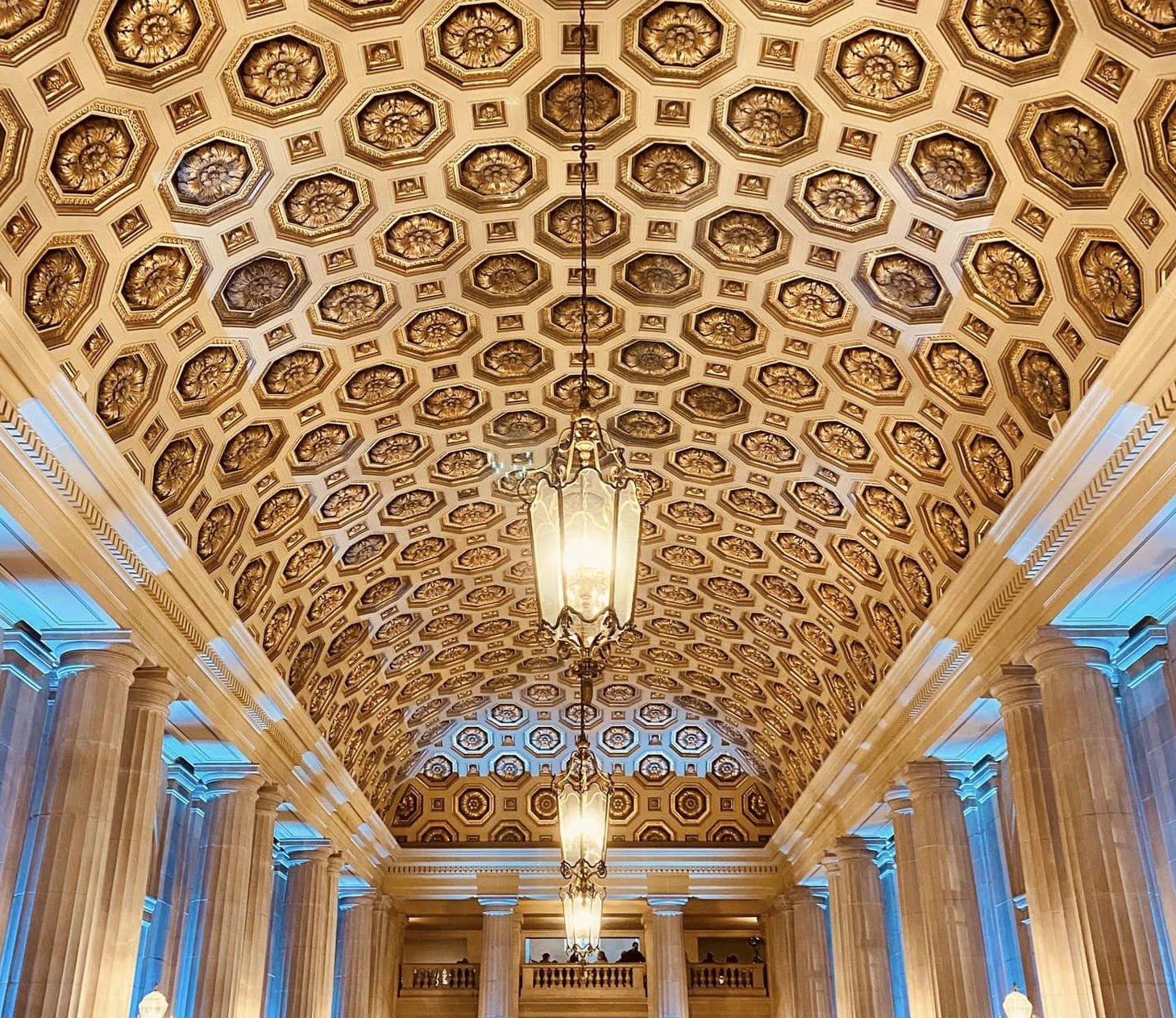
The War Memorial Opera House has served as the home of both the SF Ballet and the SF Opera since 1932. Take in the detailed and elegant American Renaissance style, as well as the lavish gold-leaf gilding on many interior architectural elements through the Opera House.
I came to the Opera House for the SF Ballet’s performance of Romeo and Juliet, and it was truly a wonderful experience watching how professional and skilled the dancers were. The live music, performed by the San Francisco Ballet Orchestra, was an unexpected element that further immersed me in the storyline and displayed their mastery of their craft.
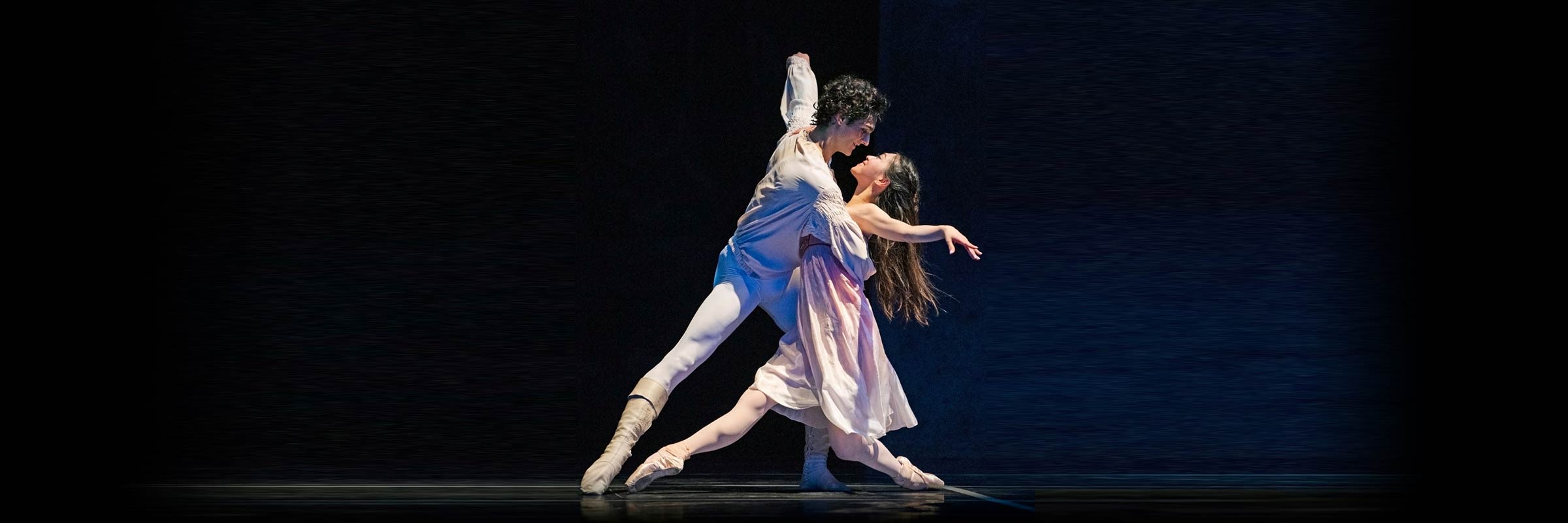
Seating: I sat in the Balcony (Balcony Right, $35), which is one of the least expensive seats. I booked a seat in the front row of the Balcony, which still gave a fantastic view for the low price. You can see previews of the view from your seat in the online ticket system. On show day, don’t forget that you can rent opera glasses from the coat check.
Walt Disney Concert Hall (Los Angeles)
Visit for: iconic architecture by an iconic starchitect.
Designed by architect Frank Gehry, the Walt Disney Concert Hall is home of the Los Angeles Philharmonic. It occupies an entire city block in Downtown L.A., and its striking Deconstructivist exterior of stainless steel curves make it an internationally recognized architectural landmark. The idea for the Concert Hall was conceived when Lillian B. Disney made an initial gift of $50 million to build a performance space in L.A. in honor of her late husband, Walt Disney, and his dedication to the arts.
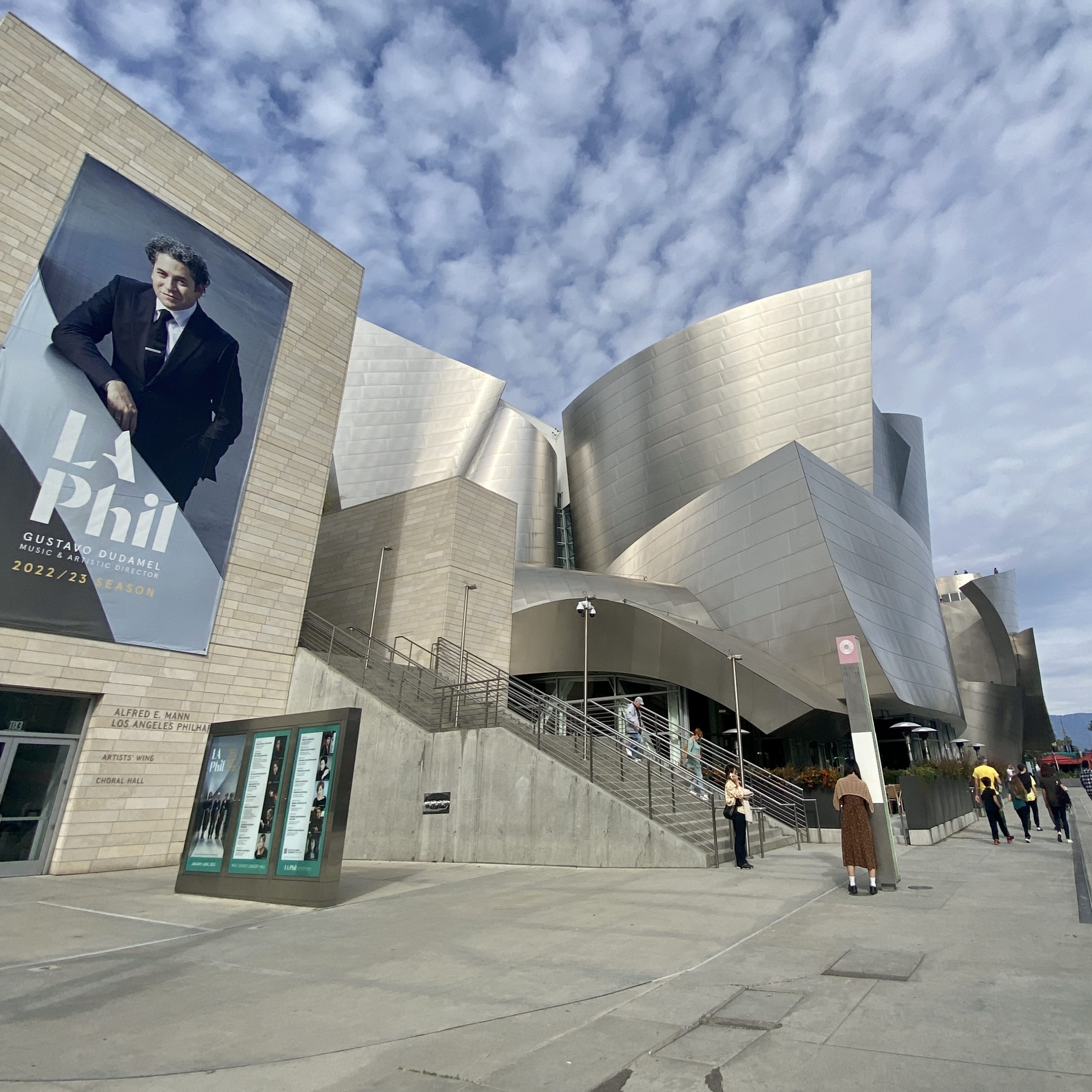
Gehry famously claimed that an overarching goal for the project was to create “a living room for the city” that people could feel comfortable coming to and identify with. Come and experience for yourself the light-filled lobby, where the main staircase connects to the surrounding streets to create publicly accessible space. Then, head inside and check out the main auditorium, where hardwood paneling provides state-of-the-art acoustics.
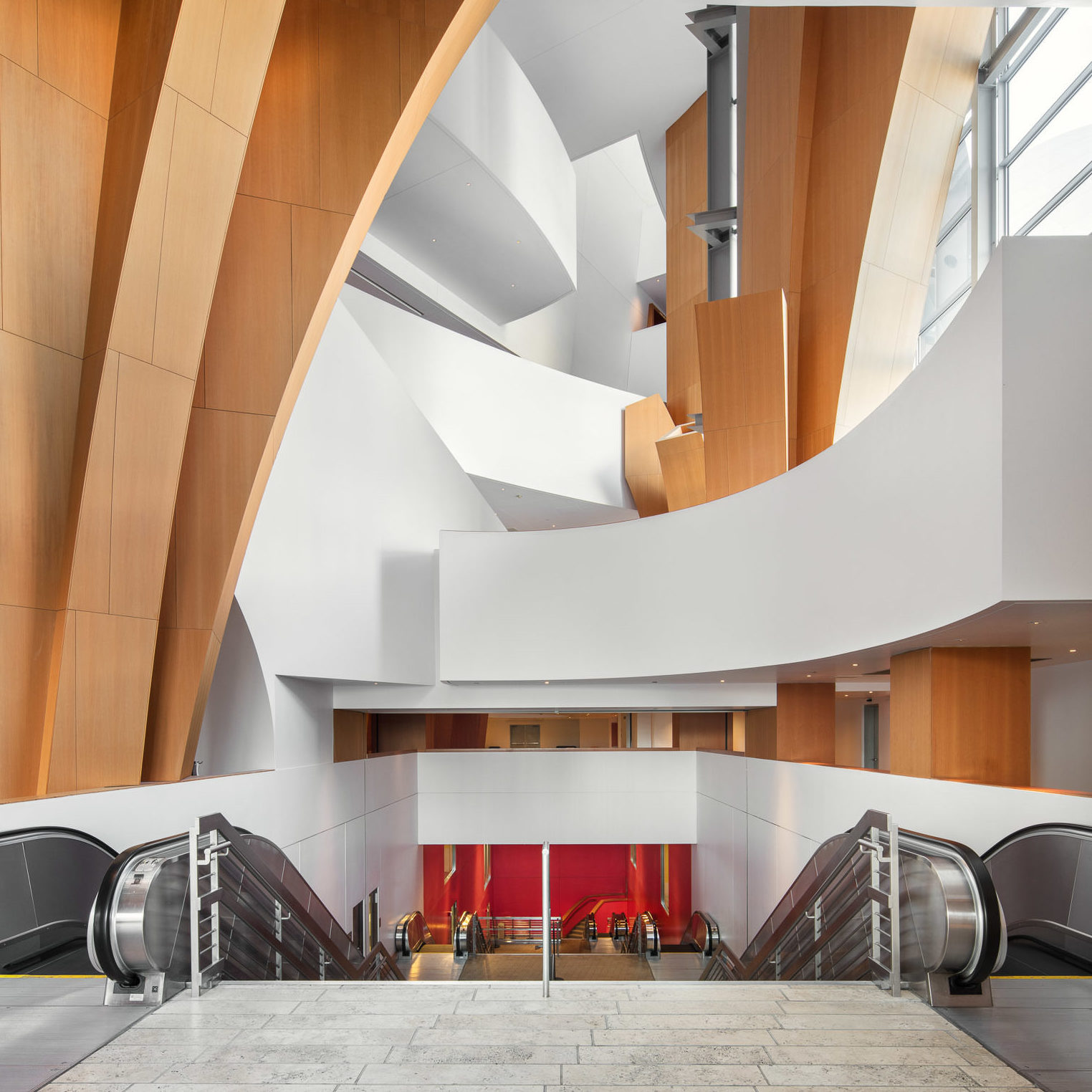
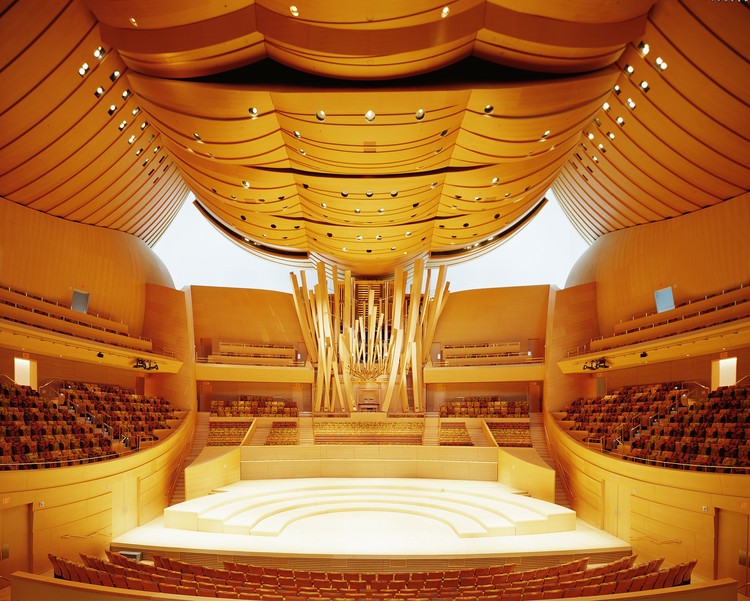
I came to the Walt Disney Concert Hall to see its iconic architecture for myself. To learn more about the architecture and Frank Gehry’s design vision, I took a self-guided audio tour, which features interviews with Gehry and other key contributors. The tour is free, runs daily, and is accessible via smartphone or a Podcatcher rented from the tour Check-In table located in the Concert Hall lobby.
Cultural Icons
Embarcadero
Visit for: a gritty but stunning waterfront with beautiful views of the Bay Bridge, and for the farmers market too.
The Embarcadero is the boulevard running along San Francisco’s eastern waterfront, and its name is Spanish for “pier” or “wharf”. It stretches from the Bay Bridge, past the Ferry Building and down to Pier 39 and Fisherman’s Wharf. A stroll or bike ride along the Embarcadero is a pleasant way to spend an afternoon or a full day, depending on how many locations you plan to see along the way.
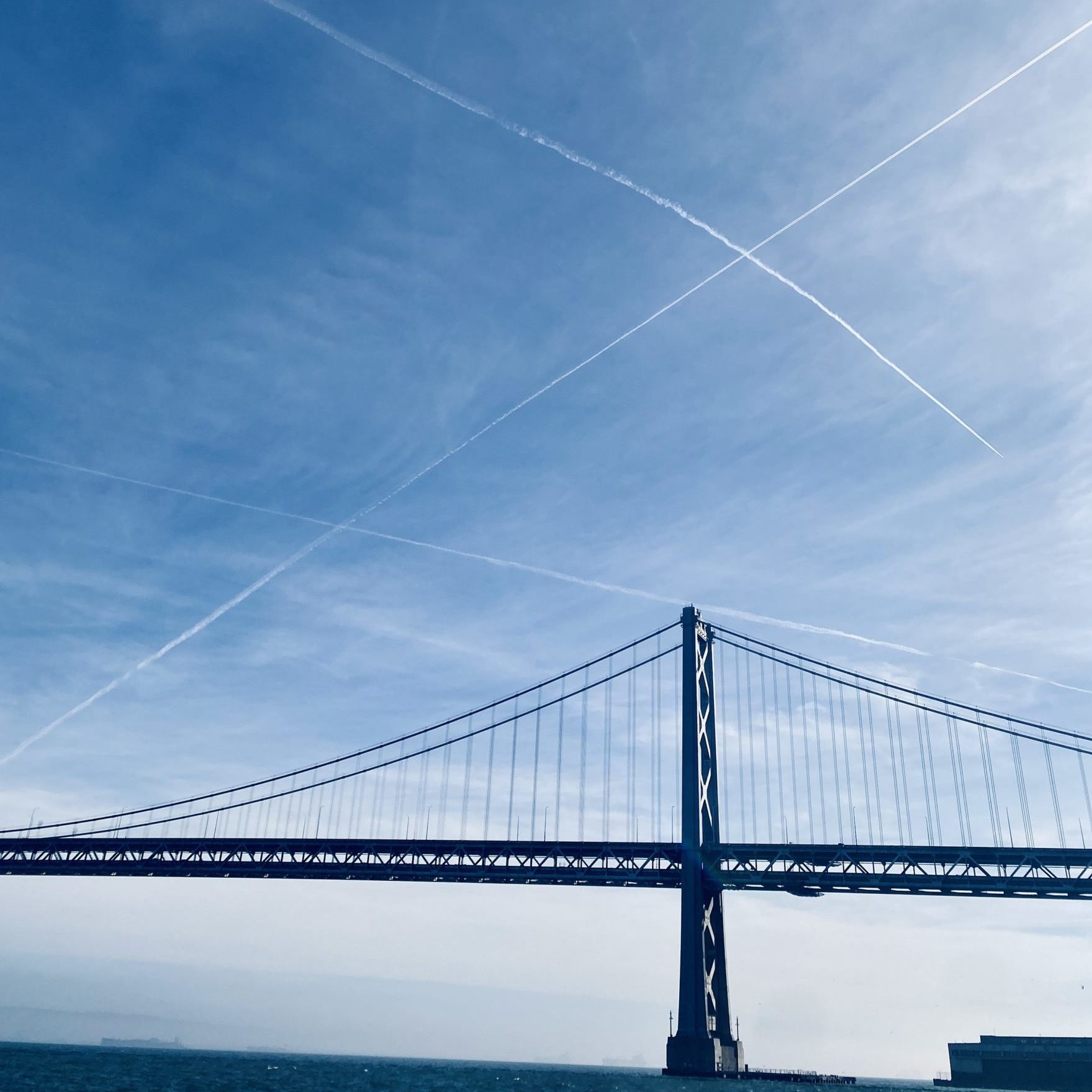
Some history on the Embarcadero — though today it is seamlessly connected to San Francisco’s Financial District and the rest of downtown, the Embarcadero used to be separated from downtown SF by the San Francisco Freeway. The Freeway was constructed in the 1950s to improve automobile access to the Bay Bridge, but it had major implications on the city’s aesthetic landscape and the waterfront’s connectivity with the rest of the city. After the 1989 Loma Prieta earthquake that wrecked so much of San Francisco, the severely damaged Freeway was torn down, making space for the waterfront to be redeveloped into the grand, palm tree-lined boulevard it is today, complete with squares and plazas, as well as connectivity to downtown via the Muni ‘E’ streetcar line.
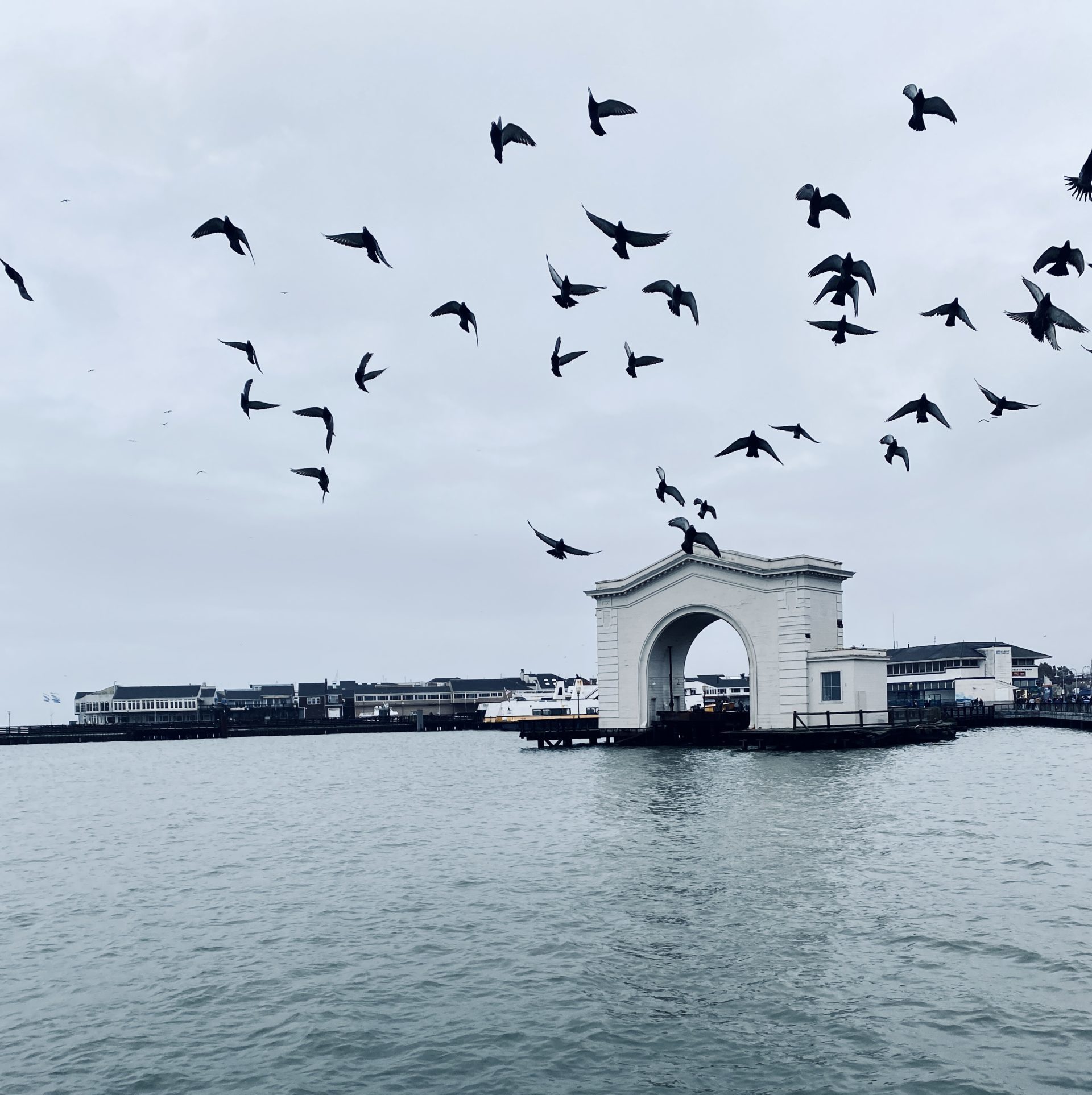
My favorite location on the Embarcadero was the Ferry Building. With its 75m-tall clock tower standing tall above the rest of the city, and arched arcades along both lengths of the entire building, you can’t miss this icon. Today, it houses a marketplace that features restaurants, retail shops and grocers. Come on Saturday mornings (8am-2pm) to catch the weekly farmers market, which has a wide variety of high-quality, fresh farm produce, along with artisan and prepared foods. I couldn’t resist purchasing a few fresh plums to snack on as I continued my Embarcadero stroll, as well as some bread and fresh vegetables to bring home and prepare my meals with.

San Francisco Chinatown
Visit for: a unique, rich and authentic experience of Chinese culture in the US.
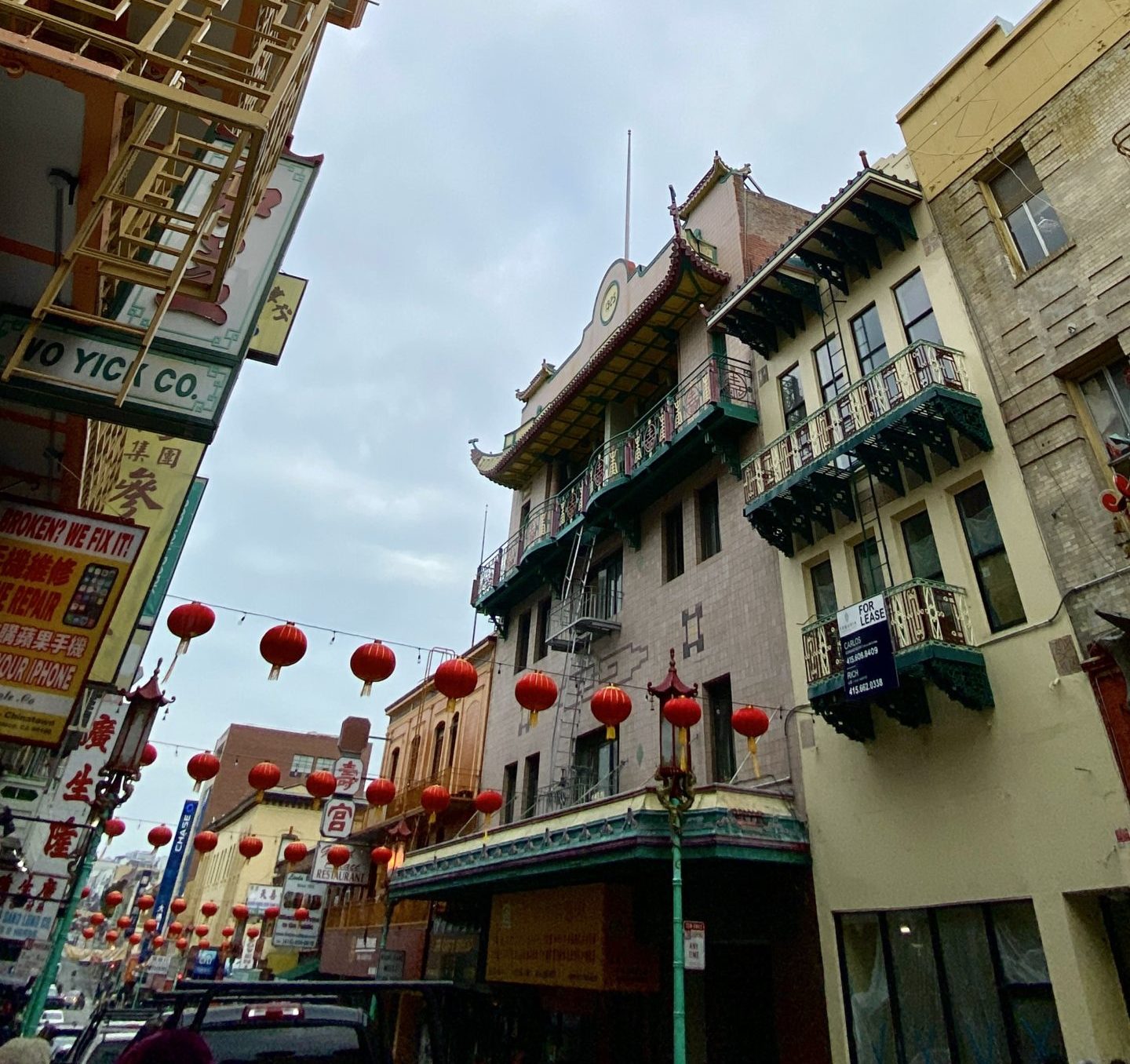
Centered on Grant Avenue and Stockton Street is the labyrinth of streets, alleyways and small shops that make up SF Chinatown. You can easily spend a whole day here enjoying authentic Chinese food like dim sum, browsing souvenir shops and grocers, and even kicking back at one of the many cocktail lounges and karaoke bars.
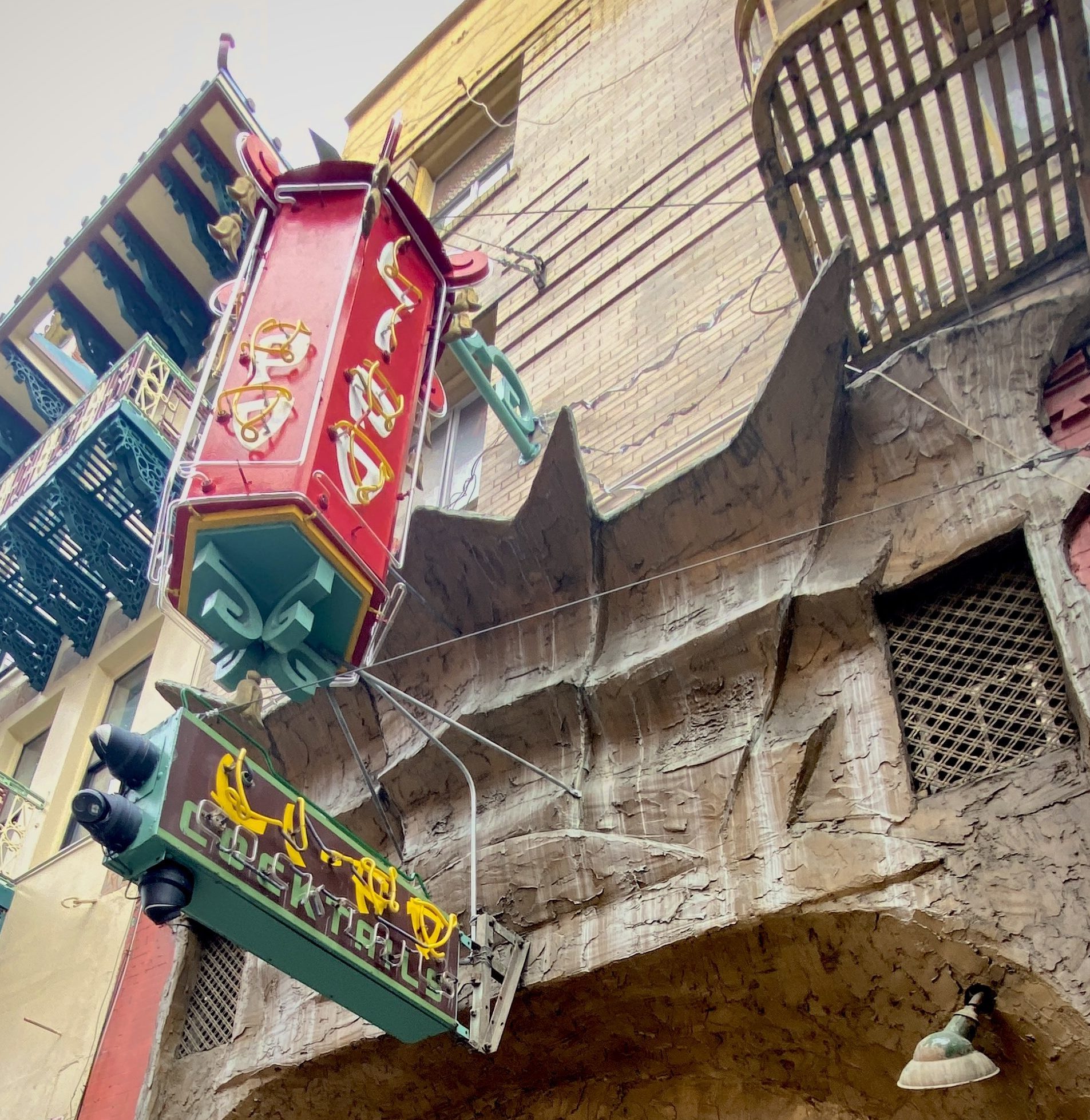
SF Chinatown is one of the most important and influential locations in the history and culture of ethnic Chinese immigrants to the US. It began as the place where Chinese immigrants gathered to live and work, with many enterprising merchants among them setting up businesses within the growing enclave. Today, San Francisco’s Chinatown is the oldest one in North America and still retains much of its old-world charm and cultural identity. Take your time to meander along the many alleys, and for a richer and more authentic experience, stick to the smaller side streets.
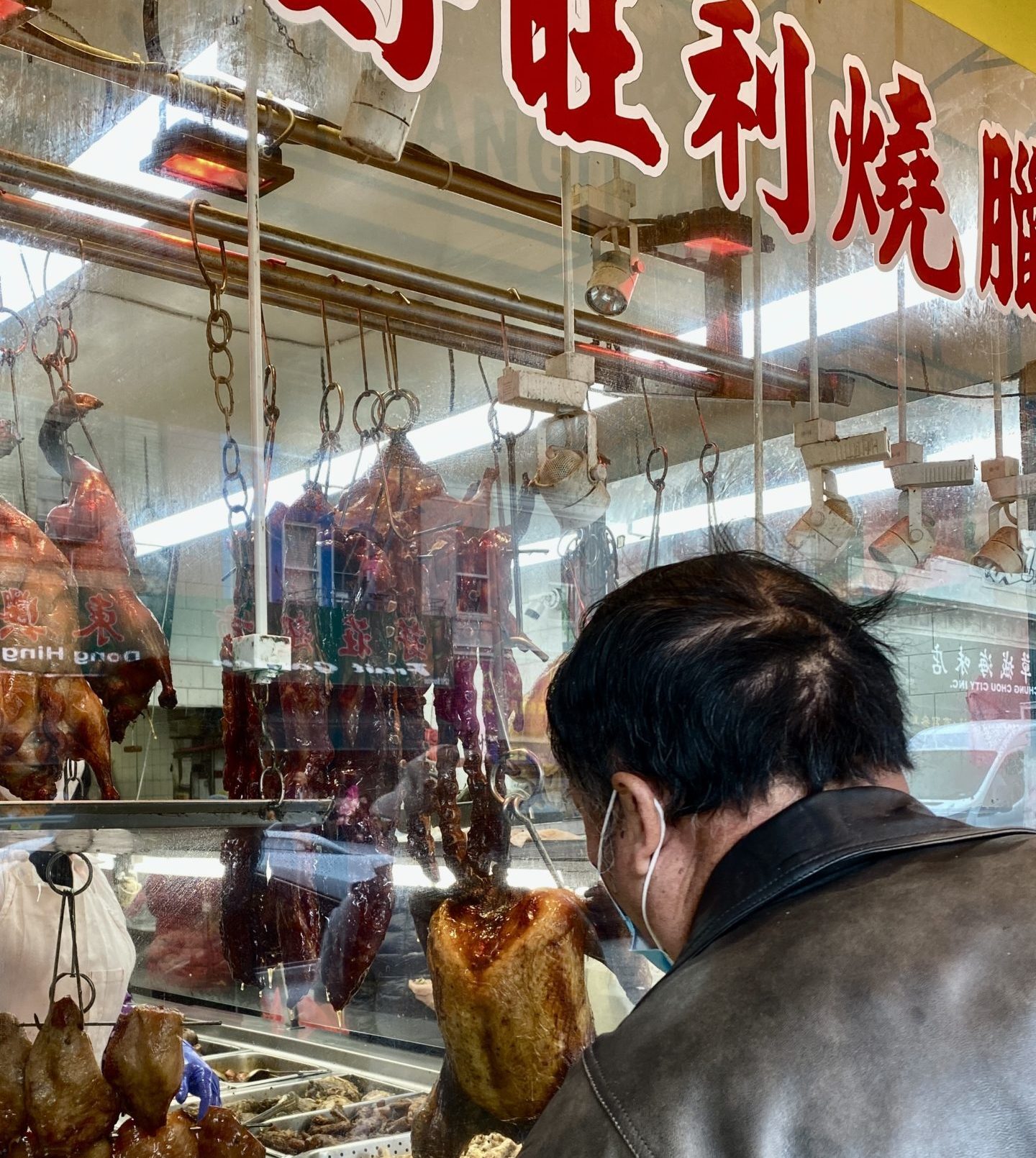
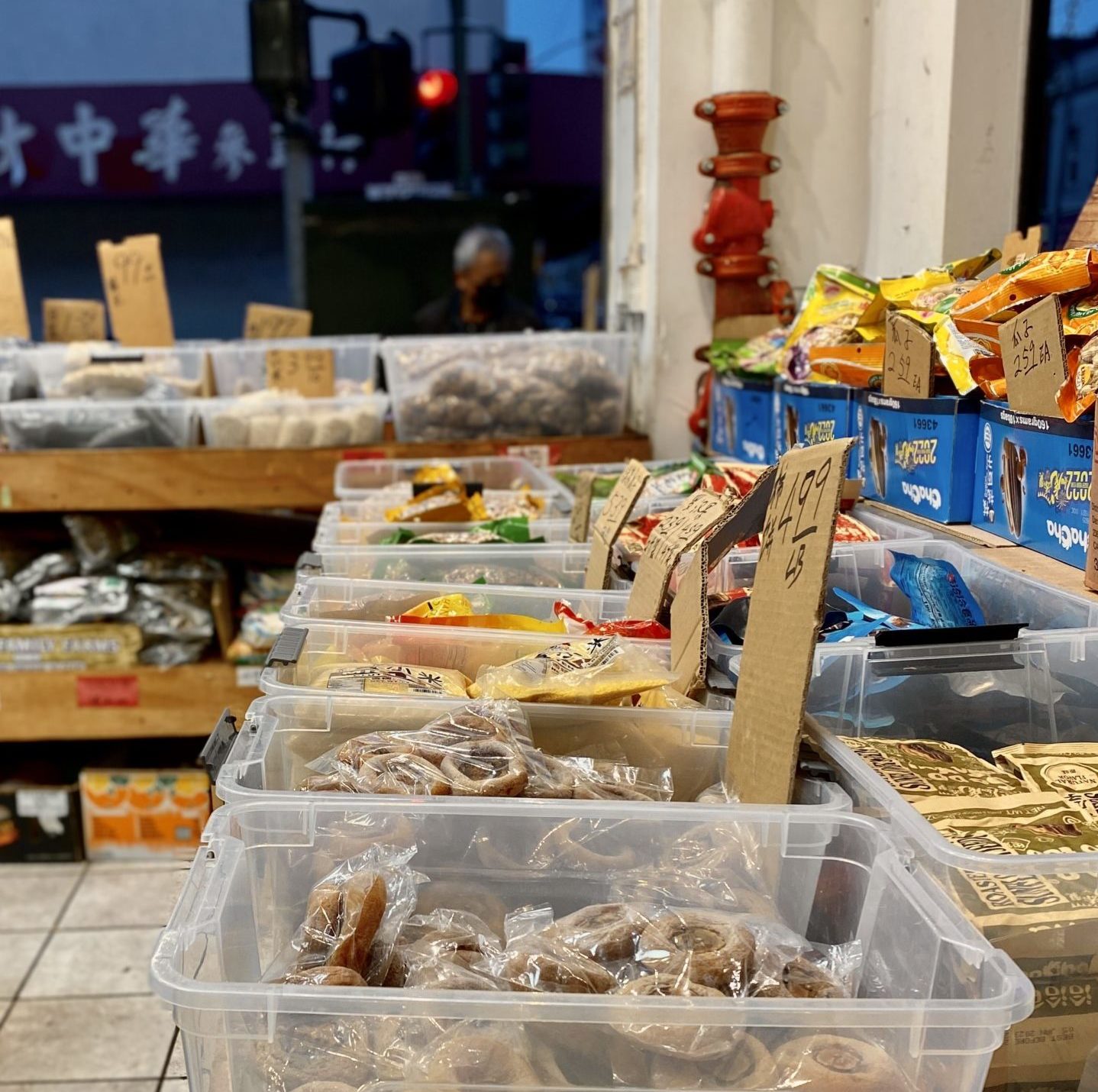
To me, the best part about Chinatown was how it felt like a completely different world from the rest of San Francisco. The entire experience of visiting Chinatown — from eating at my favorite dim sum place, Wing Sing Dim Sum (not the touristy Good Mong Kok nearby!), to taking in the Chinese-style architecture and red lanterns everywhere, to simply walking on the streets and hearing Cantonese being spoken all around me — was so unforgettable and truly unique to this place.
Museums
SF MoMA
Visit for: a glimpse into the diverse culture of the Bay Area, as told through artistic voices.
The San Francisco Museum of Modern Art is one of the largest museums of modern and contemporary art in the United States, and a booming cultural hub for the Bay Area. Home to a remarkable collection of paintings, sculptures, photography, design and media arts, it is a must-see for any fan of the visual arts.
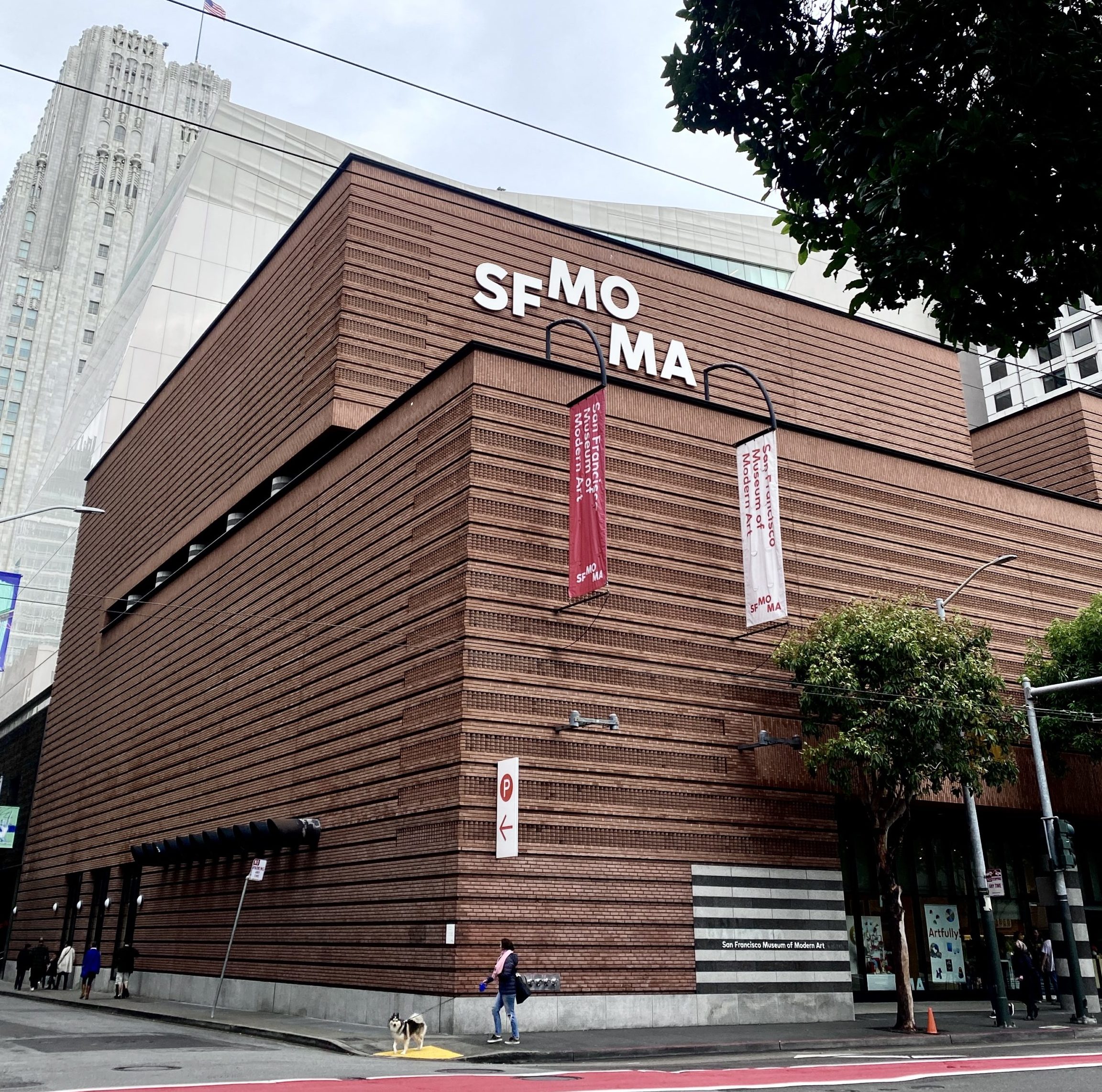
With 7 floors of gallery space, the museum is sure to offer something for everyone. Check out the mural commissions (Floors 2 and 5) by local Bay Area artists which engage with various themes, from current issues like racial injustice and economic crises, to themes of resilience and hope. For a glimpse into the art that has influenced and driven modern-day culture, visit the exhibition, “Afterimages: Echoes of the 1960s”, where you’ll get to view works by the likes of Felix Gonzalez-Torres, Bruce Nauman and Andy Warhol.
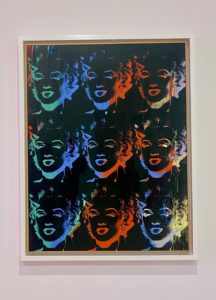
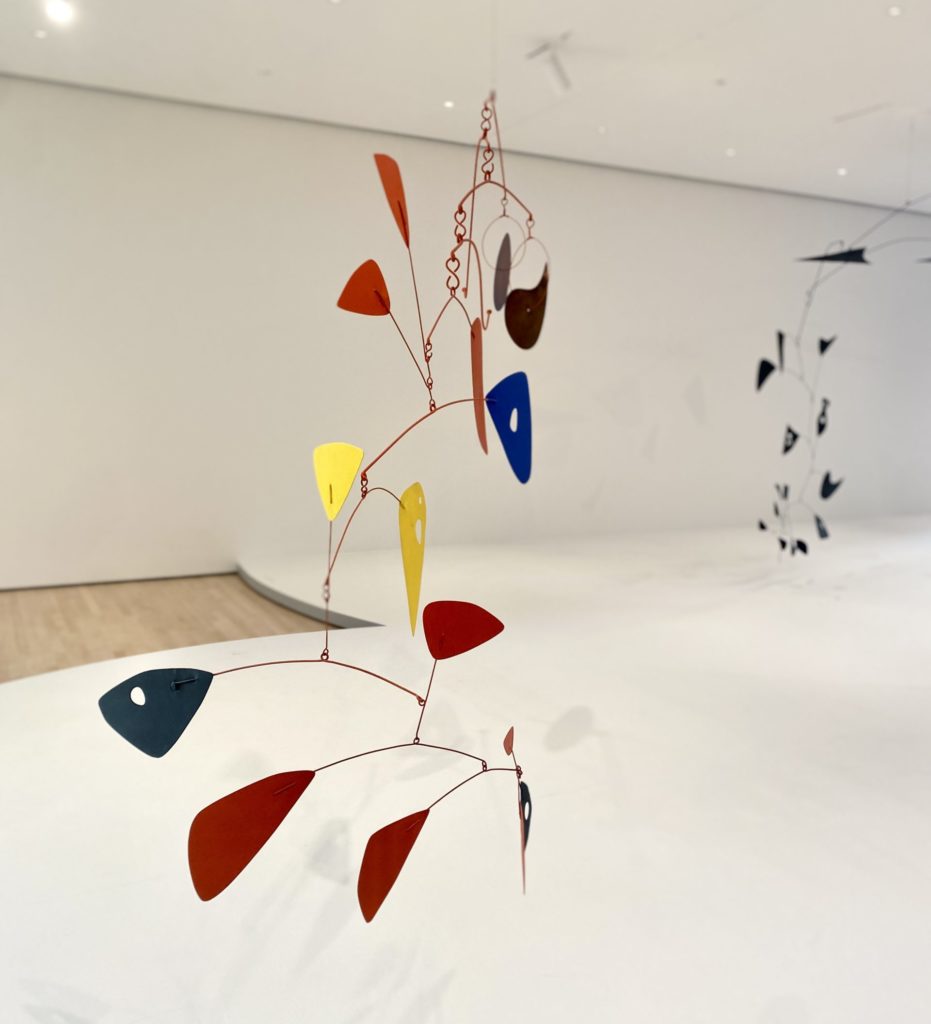
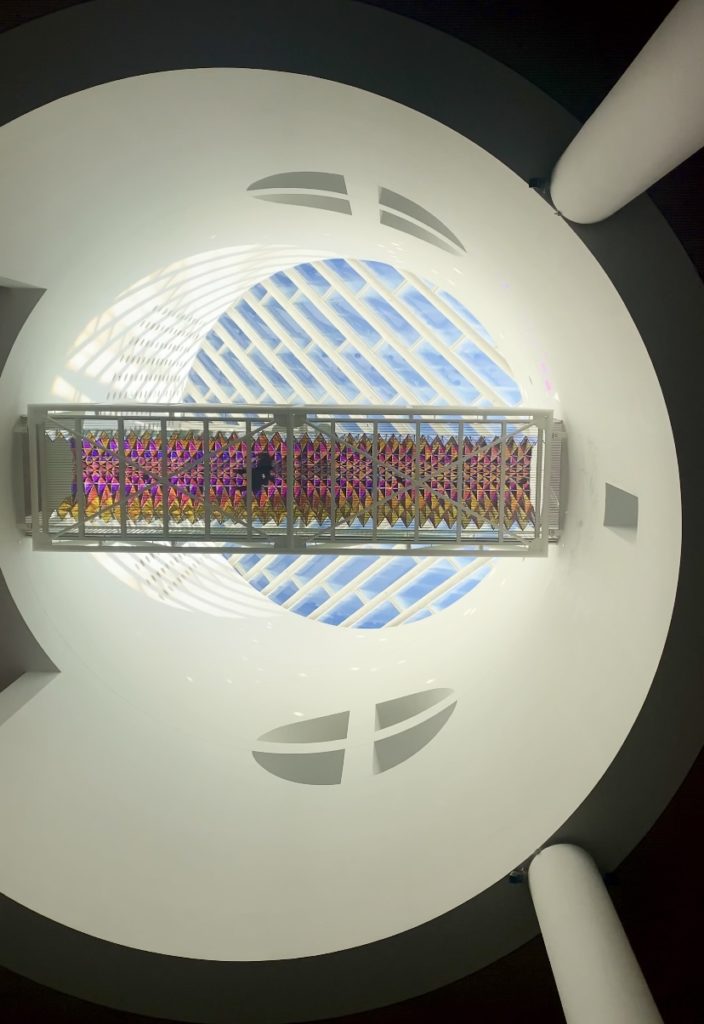
Tickets: $19 (age 19-24 with ID), free (under 19), $25 (general admission). The museum also has regular free days, so check their website beforehand.
Suggested duration: 3h or more
BAMPFA
Visit for: unique and lesser-known art, and free entry!
The UC Berkeley Art Museum and Pacific Film Archive (BAMPFA) is the university’s premier visual arts venue, and as suggested in its name, is dedicated to both art and film, offering both exhibitions and screenings, as well as public programs. Interestingly, it features the largest collection of Japanese cinema outside of Japan, along with an extensive collection of avant-garde and contemporary film and artworks.
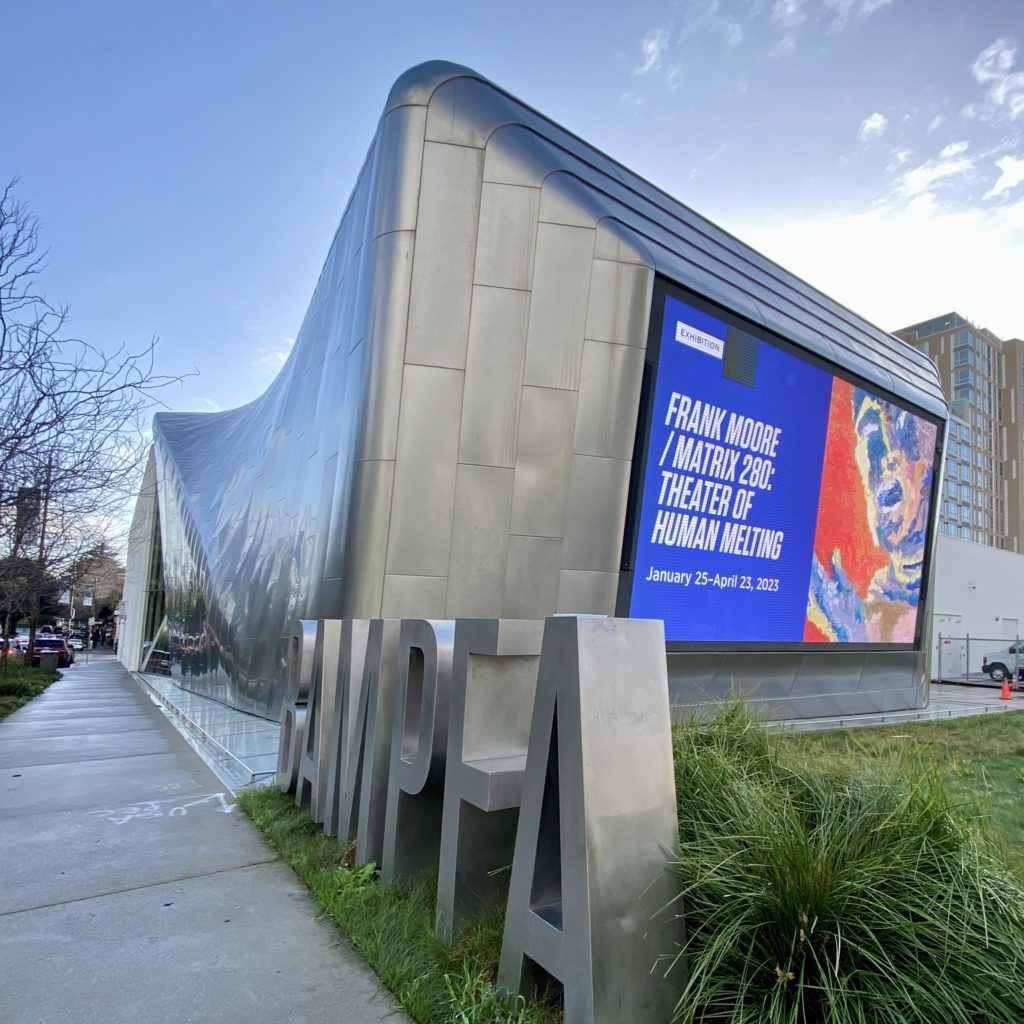
I found that exhibitions and screenings at the museum largely feature lesser-known Bay Area artists, with a thematic focus on social and cultural issues. It was interesting to see this platform given to voices that are not often featured in larger museums or even in arts education.
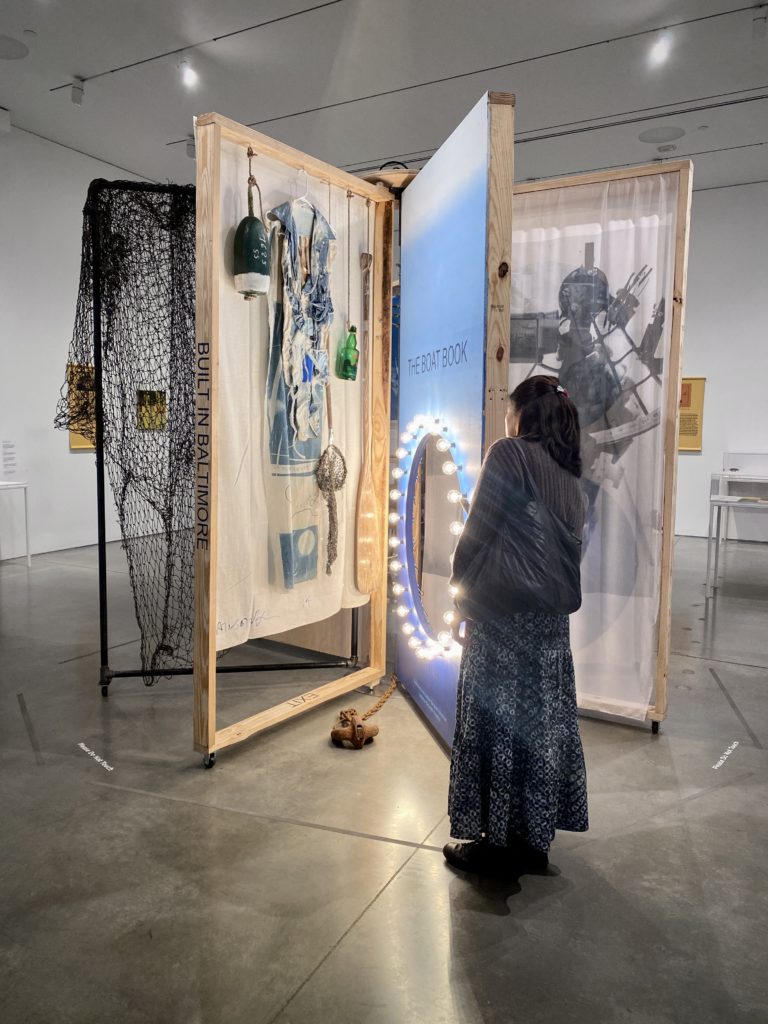
Be sure to check beforehand for ongoing events and workshops — I managed to attend a risograph print workshop for free, where I created my own eight-fold zine, printed on-site using the risograph machine in the Fisher Family Art Lab. Other past events include workshops on cyanotype, comics and even perfume, as well as curator’s and artists’ talks.
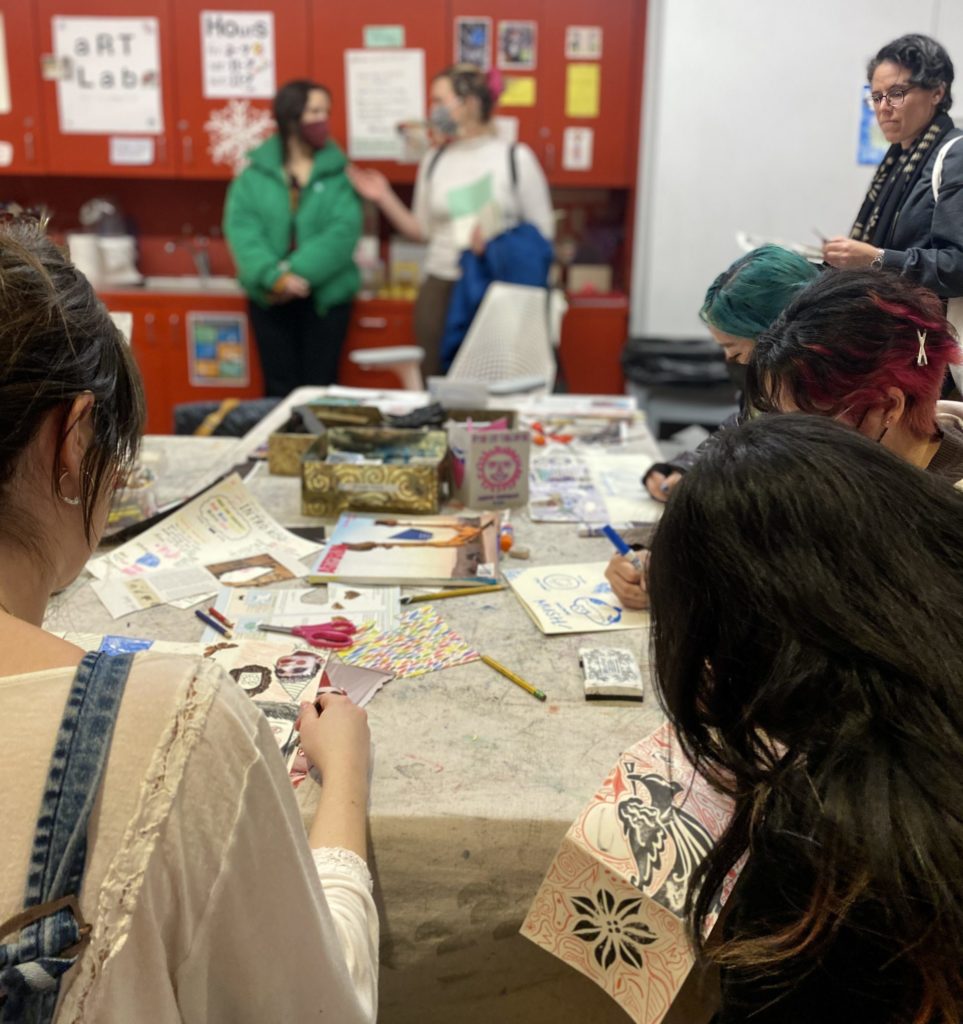
Tickets: Free for UC Berkeley students, $14 for general admission.
Suggested duration: 2h
Asian Art Museum
Visit for: an impressive collection of art and artifacts, spanning thousands of years across Asia.
The Asian Art Museum features about 6,000 years of art and culture from across Asia. It is home to approximately 18,000 artworks and artifacts, representing the cultures and traditions of South Asia, Iran and Central Asia, Southeast Asia, the Himalayas, China, Korea and Japan.
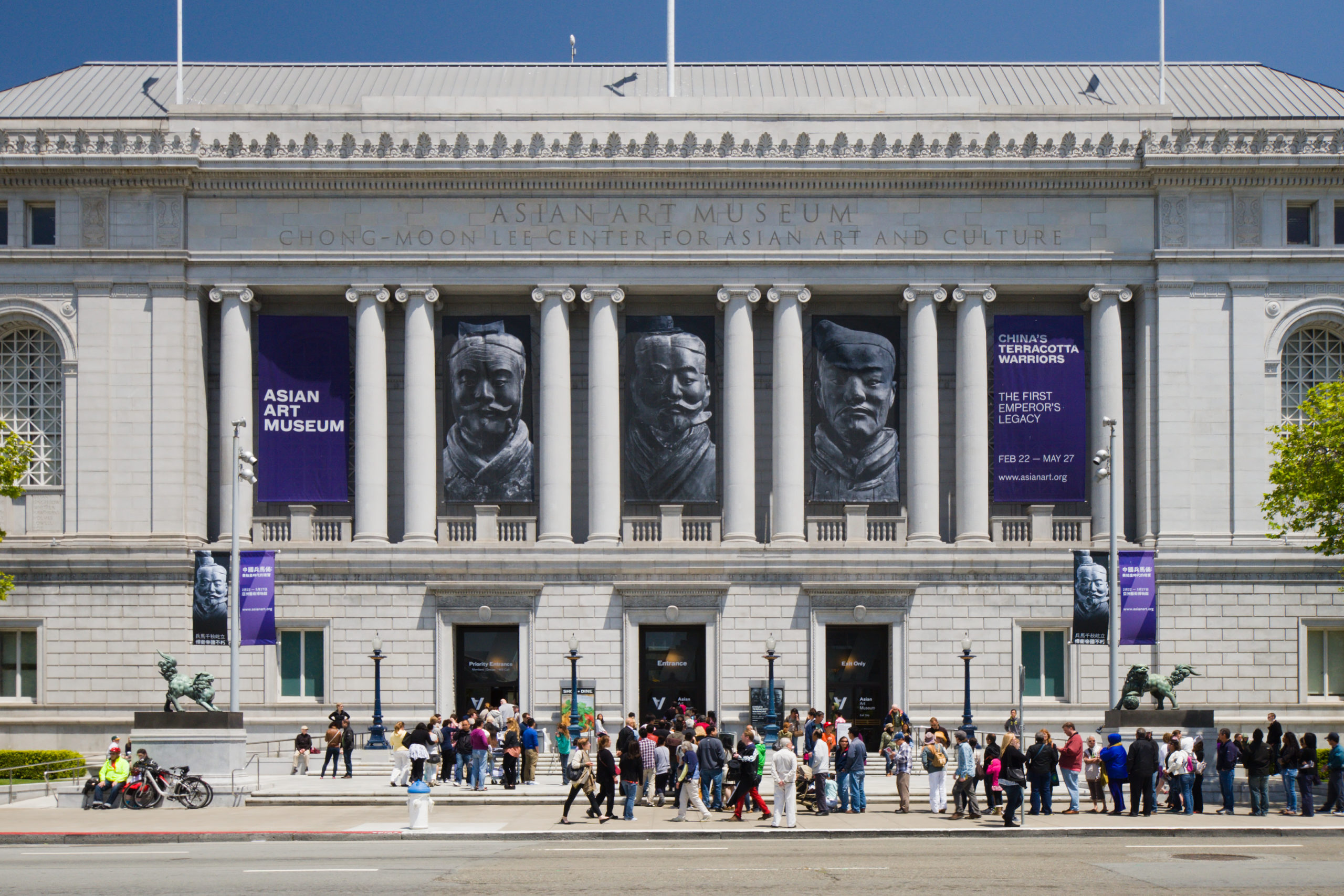
The museum is housed in the old Main Library, a Beaux-Arts style building designed in 1917 to serve as San Francisco’s city library, later refurbished to function as a museum in the 1980s. Today, it is a wonderful place to learn about Asian history through the ages as well as the evolution of art in Asia over the centuries. Start on the 3rd floor and work your way down to view the exhibits in chronological order.
I was impressed by the extensiveness of the museum’s collection, as well as how well-organized and curated the exhibits were, and I appreciated the wall texts that gave additional insight to certain works and artists. In particular, I enjoyed the section on Japanese art, such as Torii Kotondo’s colorful prints, as well as the full-body samurai armor on display.
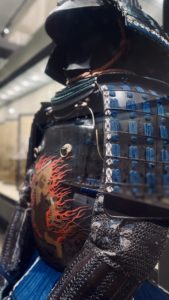
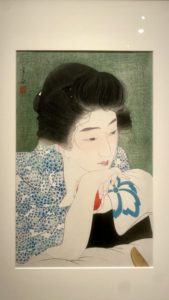
Tickets: $14 (college students with ID), $20 (general admission). Admission is free on the first Sunday of each month.
Suggested duration: 2-3h
The Exploratorium
Visit for: hands-on, interactive tinkering and experimenting.
Located along the Embarcadero, the Exploratorium is a public learning laboratory exploring the world through science, art and human perception. It was created from the “library of experiments” that professor and experimental physicist Frank Oppenheimer used to teach college students in the 1960s, and expanded to become a place where science and technology education became accessible and interactive for the public.
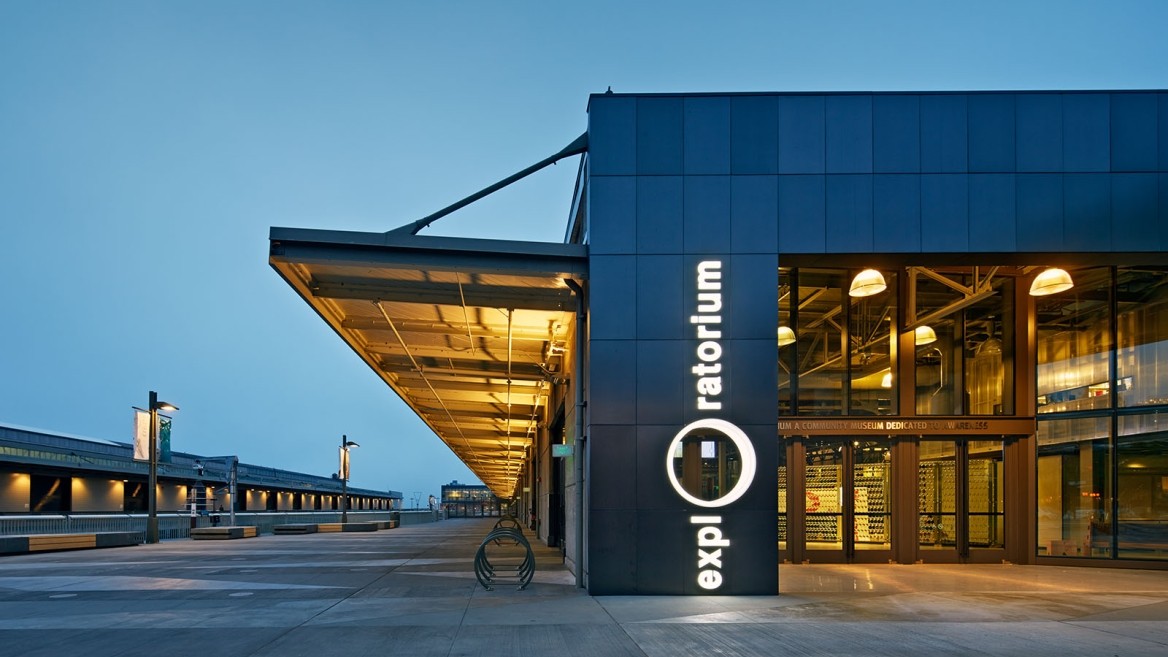
Exhibits are organized into six main galleries by theme — Human Phenomena (thoughts, feelings and social behavior), Tinkering (innovative and curious contraptions), Seeing & Reflections (light, mirrors and bubbles), Living Systems (the living world), Outdoor Exhibits (winds, tides and natural phenomena), and Observing Landscapes (the history, geography and ecology of the Bay Area). Every exhibit in every gallery is interactive — indulge your curiosity, ask questions and play to your heart’s content.
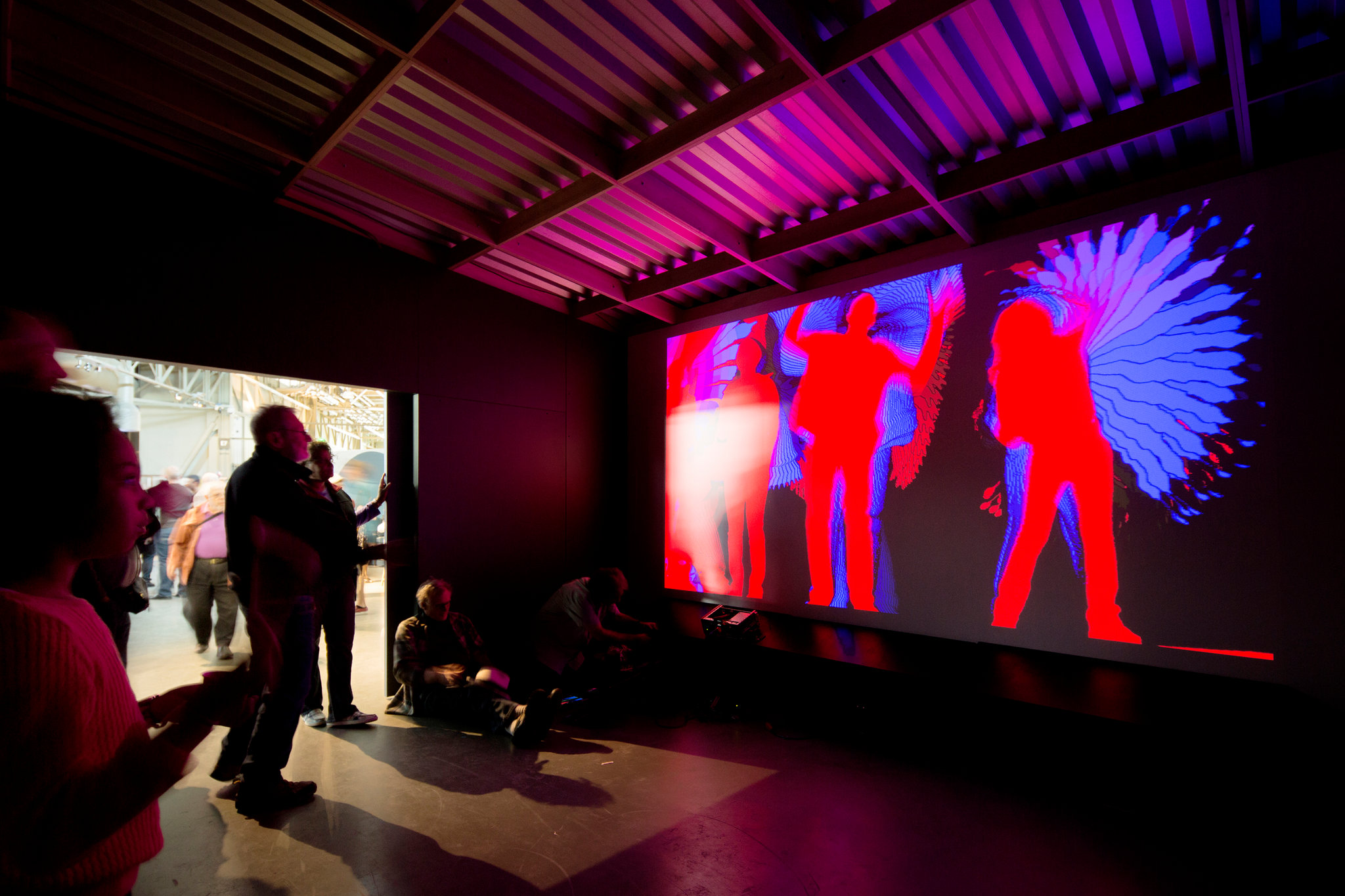
Every exhibit provided an interactive, tactile and fun experience that I enjoyed, and I spent the most time in the “Seeing & Reflections” gallery, fascinated by the optical illusions and plays on light and shadow. I also opted to visit during the Exploratorium’s “After Dark” hours, happening every Thursday night from 6-10pm — children are not allowed, drinks (alcoholic and non-alcoholic) are served and a different DJ performs every week — which I would highly recommend for avoiding noisy kids and enjoying the atmosphere. “After Dark” events are also thematic, with some featuring special performances, panels, screenings and the like, so be sure to check the Exploratorium’s website to see what the theme of the week is.
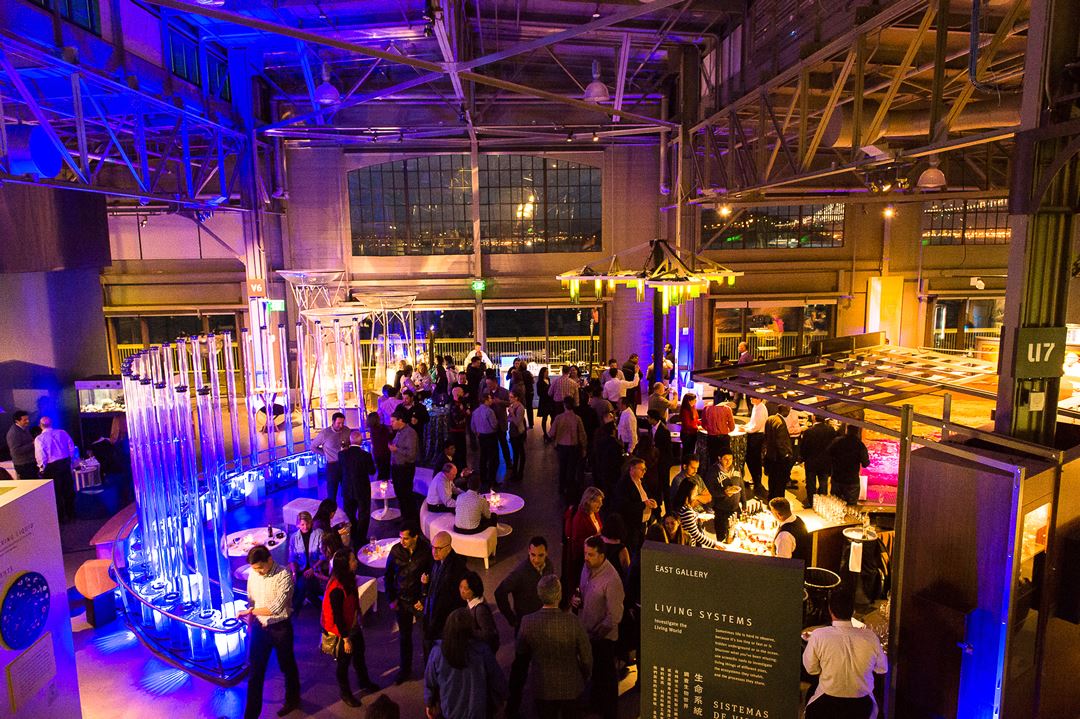
Tickets: $29.95 (students), $39.95 (general admission). $19.95 for After Dark Thursday Nights (18+, bring ID).
Suggested duration: 2-3h
The Broad (Los Angeles)
Visit for: some of the best-known contemporary artists, and stunning architecture.
Featuring a collection of postwar and contemporary art from the 1950s to the present, The Broad is a fantastic place to see the art of our time. It is home to nearly 2,000 works by over 200 artists, including some of the most influential and well-known contemporary artists, such as Jean-Michel Basquiat, Jeff Koons, Barbara Kruger, Yayoi Kusama, Takashi Murakami, Andy Warhol and more.
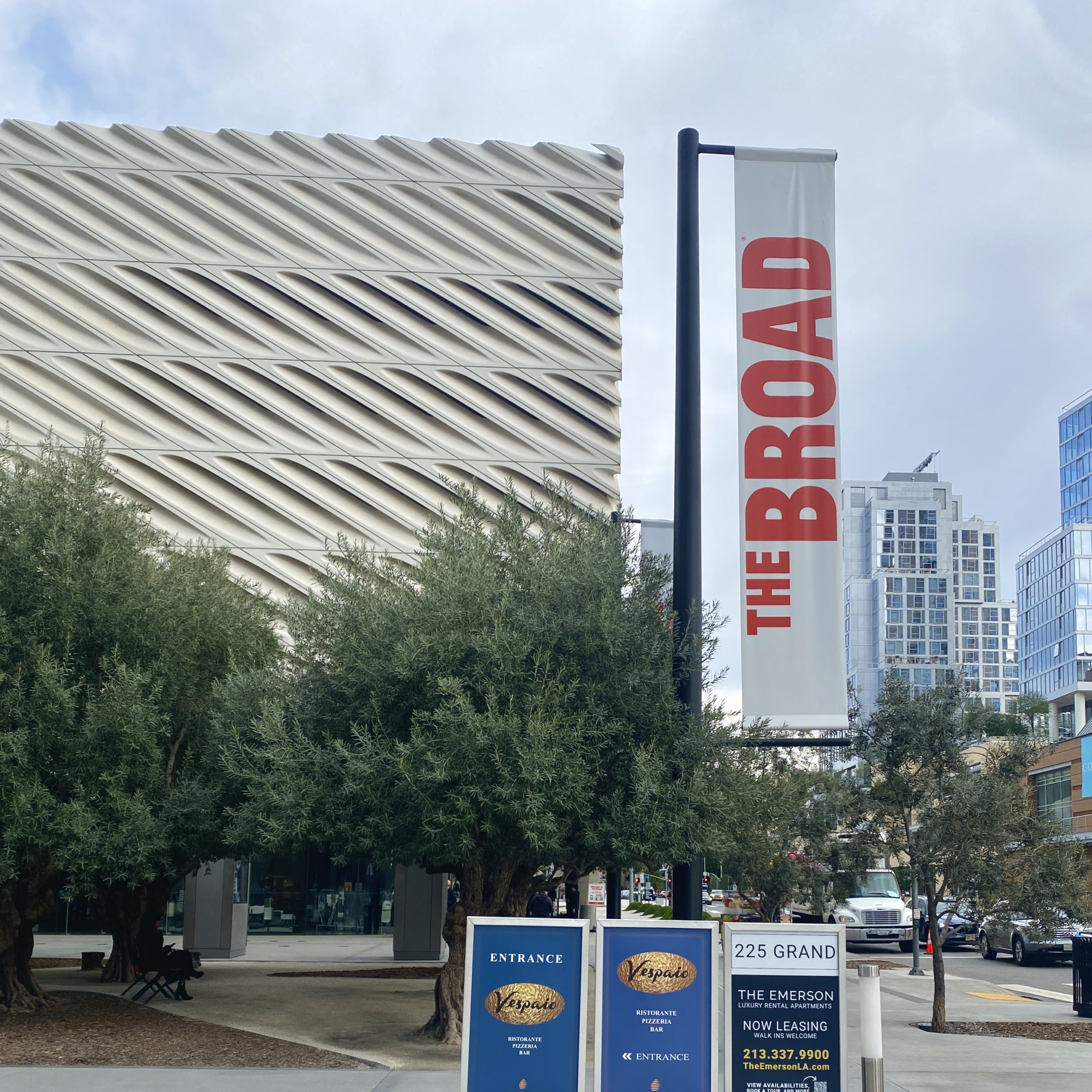
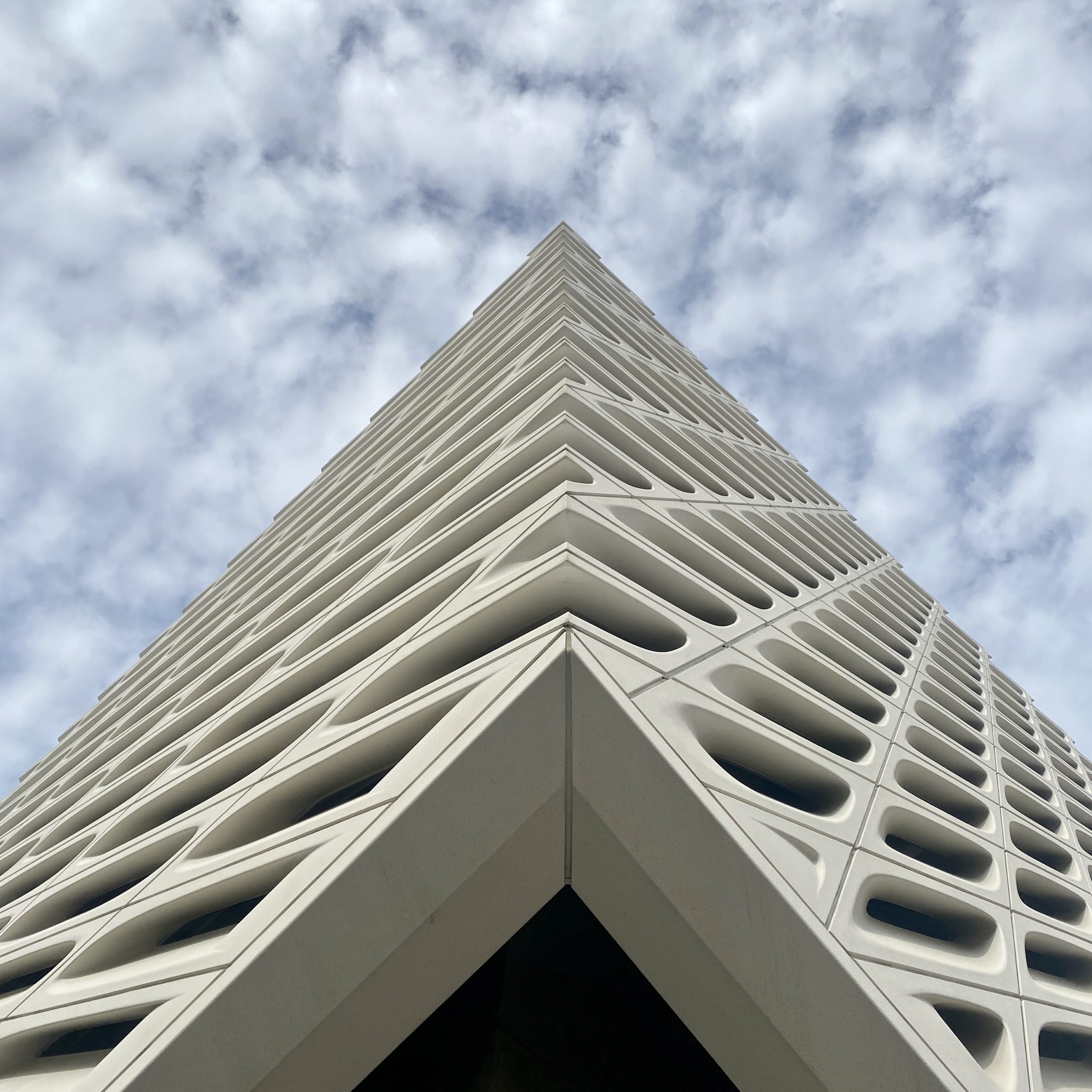
Designed by world-renowned architectural firm Diller Scofidio + Renfro, the building features an innovative “veil-and-vault” concept that merges the two key programmatic spaces — public exhibition space and collection storage. The “vault”, a heavy, opaque mass functioning as storage for artworks not on display in the galleries, is enveloped on all sides by the “veil”, an airy, honeycomb-like structure that provides filtered natural daylight to the exhibition space, located on the top surface of the vault. The use of natural diffused light in the galleries offers an ephemeral and wonderful quality to the viewing experience.
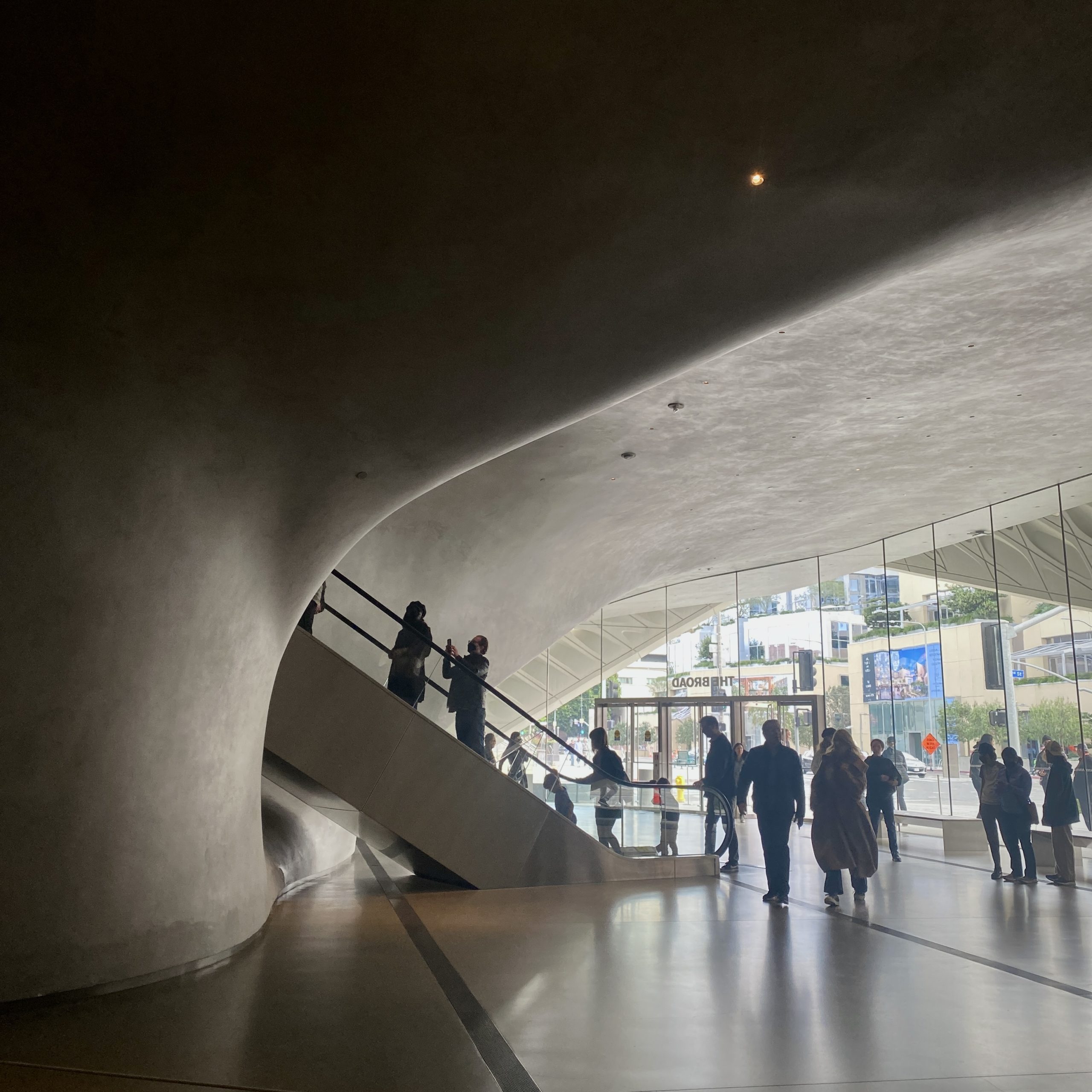
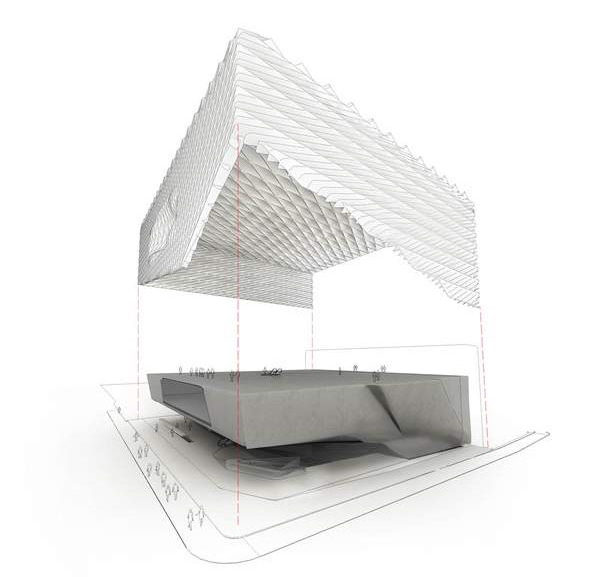
The Broad was by far my favorite museum. I loved the experience of viewing art in natural daylight, and the lightness of the airy “veil” created a uniquely freeing and spacious viewing experience. Additionally, I got the chance to see in person the works of artists I have admired for years, such as Barbara Kruger, Ed Ruscha, and my favorite artist, Jean-Michel Basquiat.
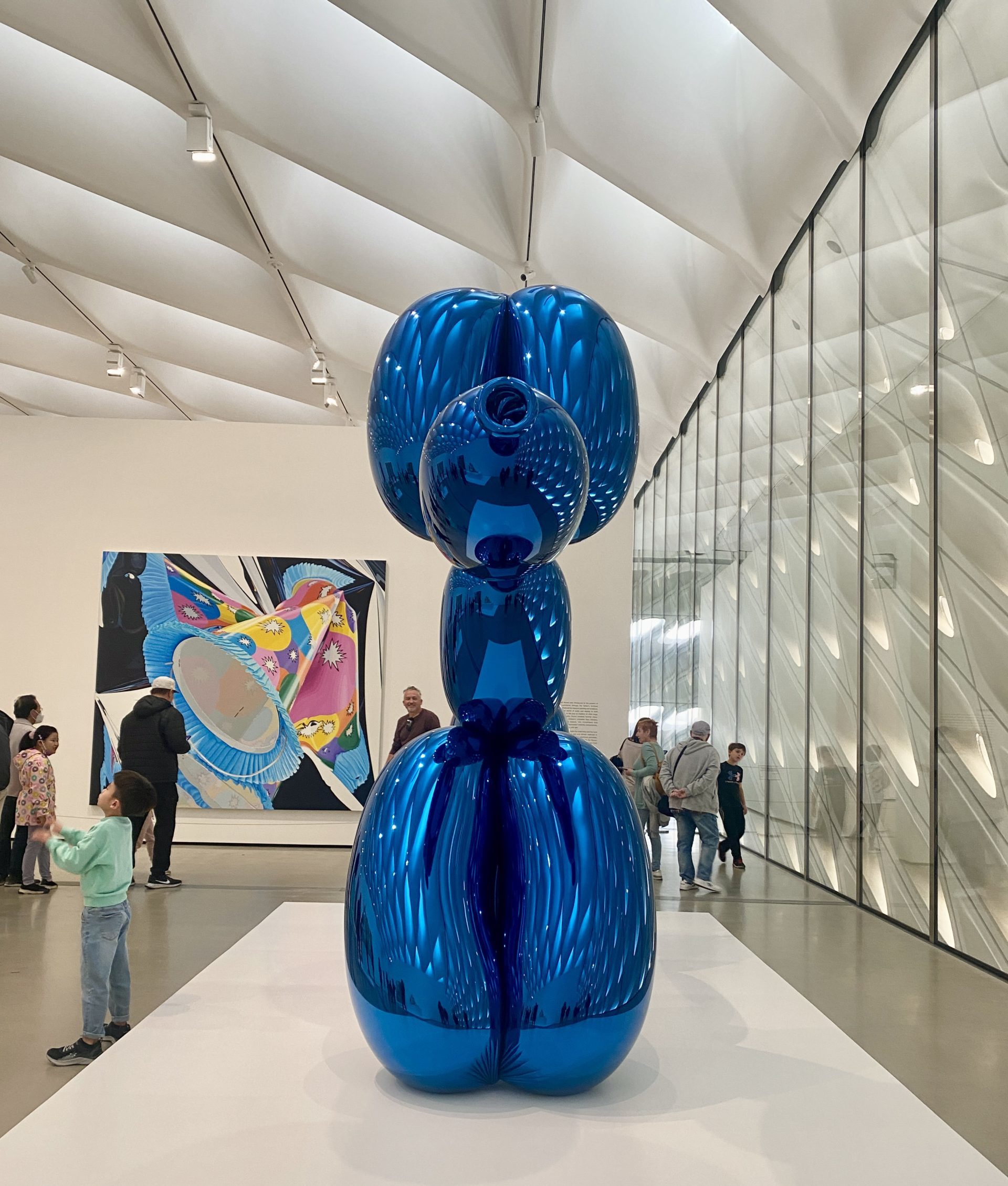
Tickets: Free — you must reserve timed tickets in advance. Some exhibitions and events carry a separate charge.
Suggested duration: 2-2.5h
The Getty Center (Los Angeles)
Visit for: great views of L.A., and architecture that is a work of art in itself.
The Getty Center was created as a campus that highlights both nature and culture, sitting atop a hill in the Santa Monica Mountains and offering panoramic views of Los Angeles. Designed by world-renowned architect Richard Meier, the most remarkable quality of the architecture is the choice of stone — 1.2 millions square feet of travertine — which ranges in color from light beige to honey, catching the bright morning light and emitting warmth in the afternoon.
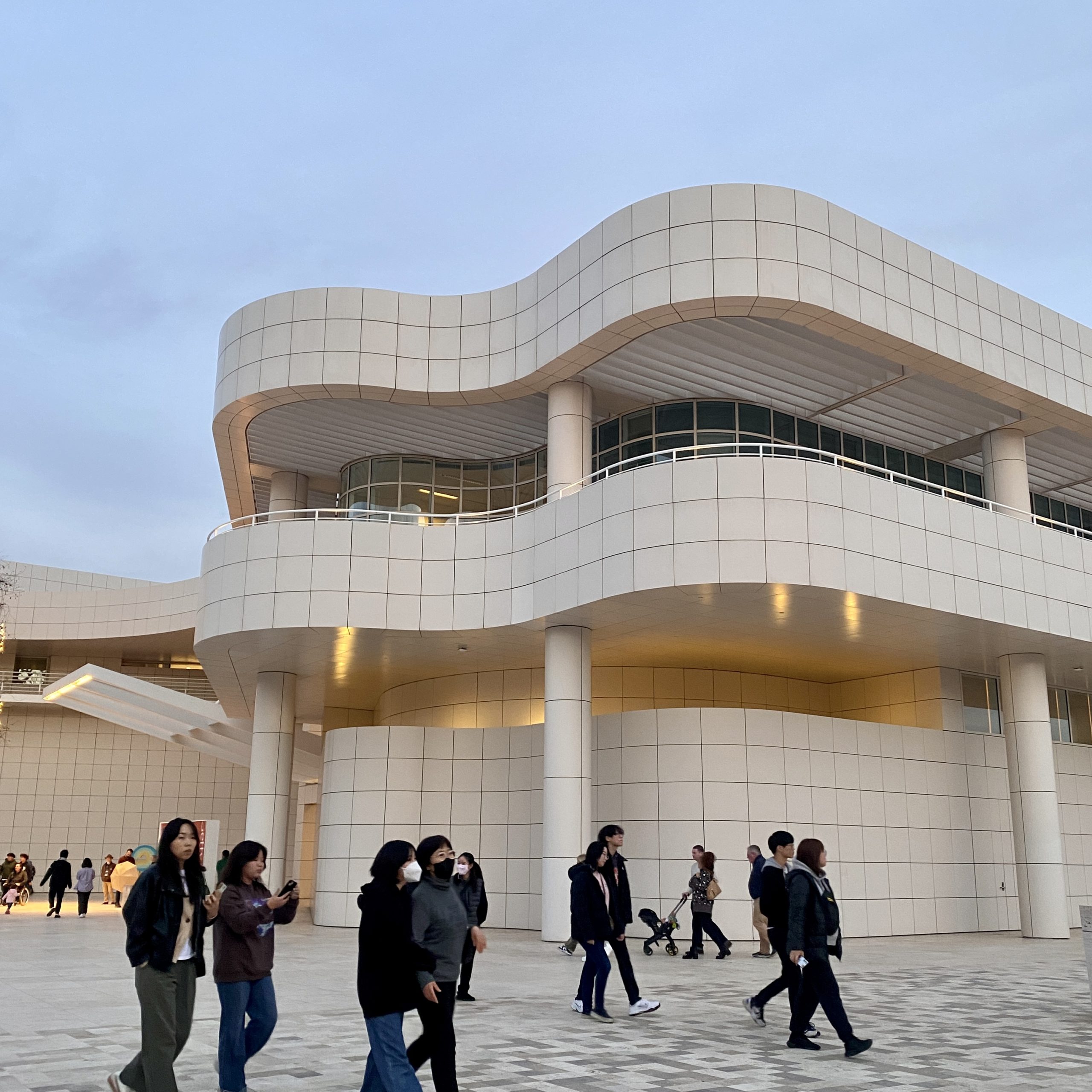
The museum is home to four gallery pavilions featuring centuries of European art, from medieval to modern times, along with a variety of changing special exhibitions. Apart from the galleries, be sure to make time for exploring the architecture and gardens. Enjoy colorful seasonal plants and a relaxing stream walk in the Central Garden, or simply get some fresh air and take in the dramatic view of sprawling L.A. from the Museum Courtyard.
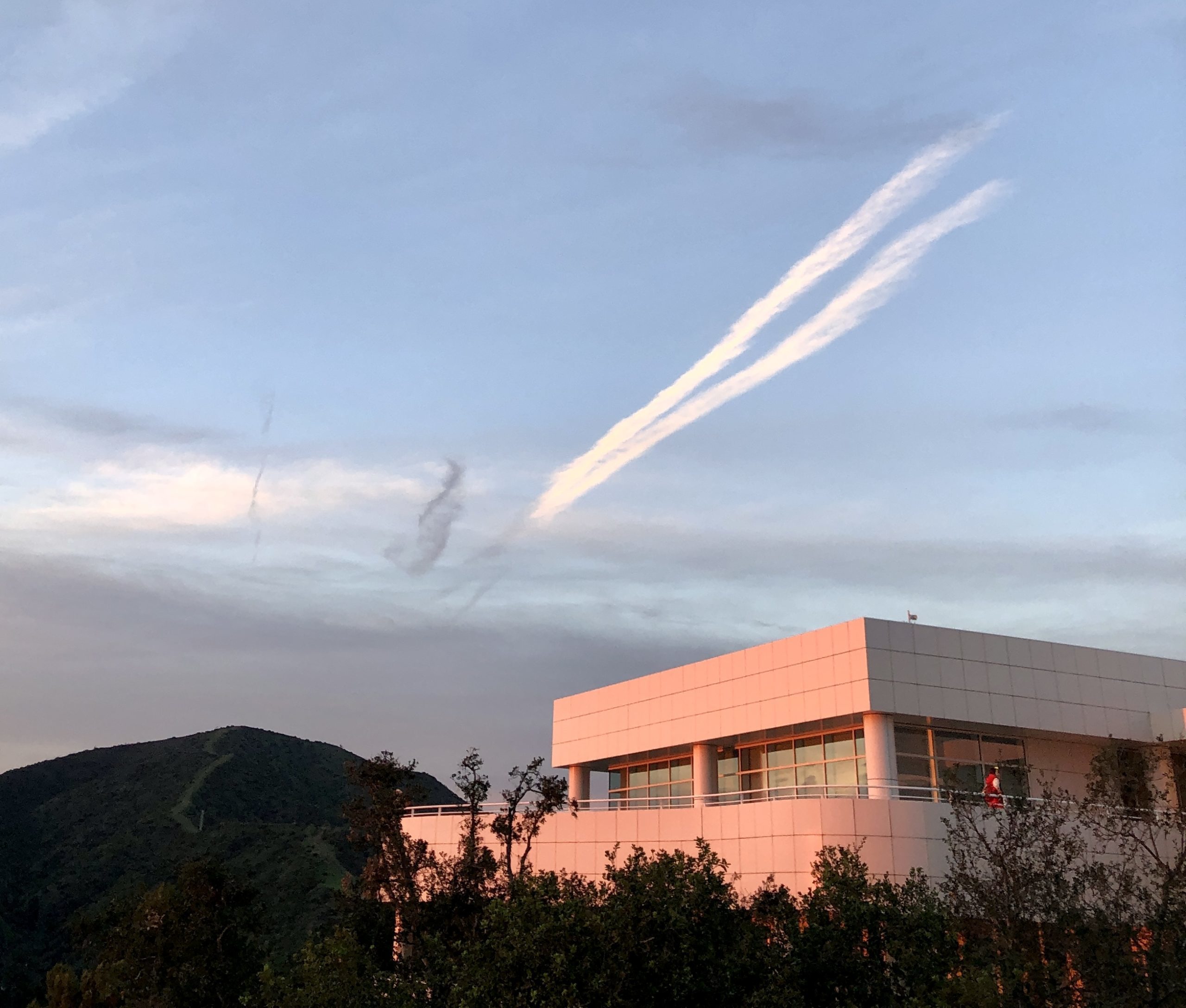
I visited the museum just as the sun was setting, and loved the way the entire museum seemed to glow with the pinkish hues of the sky. Another fun element was the monorail ride to access the museum itself — you can choose to walk uphill from Lower Tram Station if you want (25min walk) or if the line is long, but taking the monorail (10-15min ride) lets you glimpse views of the museum and the city as you glide uphill. Personally, I found it more interesting to walk around the campus, enjoying the architecture and the views, than to stay indoors and view the exhibits.
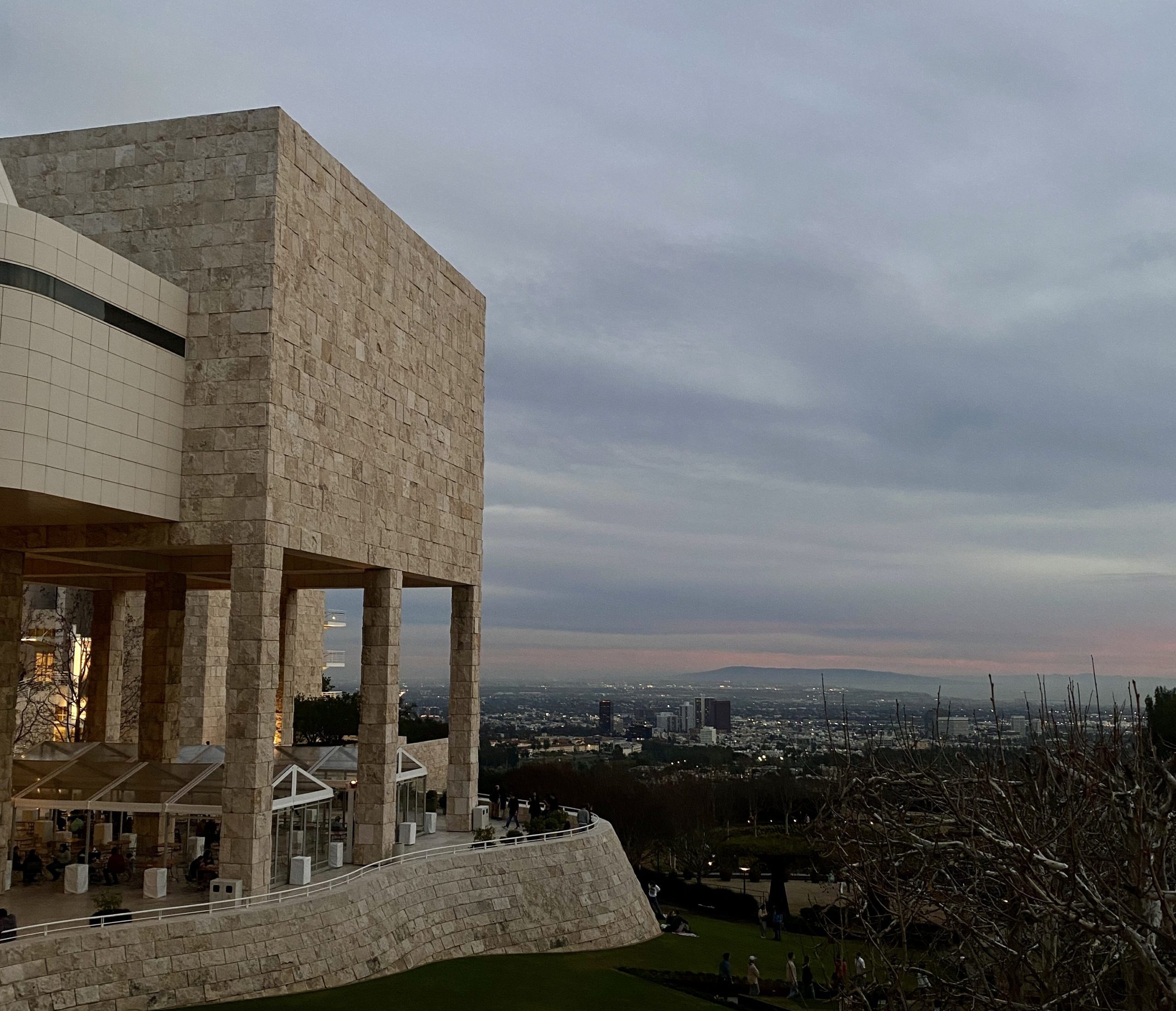
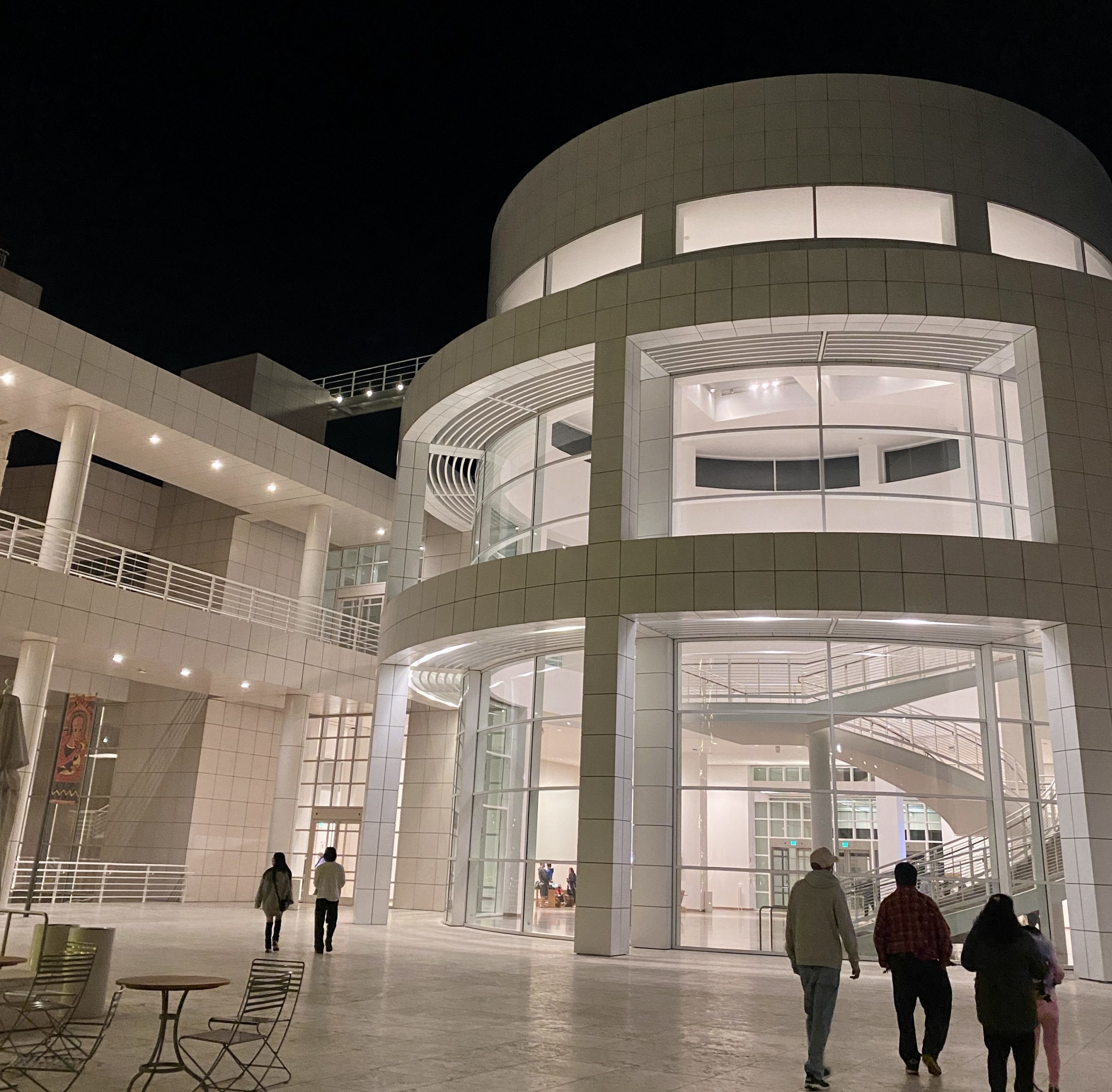
Tickets: Free — you must reserve timed tickets in advance.
Suggested duration: 3h or more
I hope this extensive guide has inspired you to visit at least some of the amazing arts and culture destinations that San Francisco and L.A. have to offer! These locations are excellent places to learn more about Bay Area culture, take in amazing architecture by world-famous architects, and expand your horizons by gaining exposure to new narratives and voices. If you do decide to visit some of the places, I hope you have an enjoyable and enriching experience, and make some wonderful memories there!































